How a multidisciplinary studio leverages real-time rendering to accelerate design, align stakeholders, and elevate landscape architecture.
Three Key Takeaways
- Integrated workflow: D5 meshes seamlessly with Rhino and Hood’s braided design methodology, enabling designers (not just specialists) to adopt real-time rendering as part of everyday decision-making.
- Landscape-centric advantages: Features like high-fidelity vegetation, scatter rules, and sun/shadow simulation respond directly to the complexities of landscape architecture, helping the team design for ecological accuracy and occupant comfort.
- Business impact: By bypassing heavy post-production and delivering compelling visuals faster, D5 elevates efficiency, accelerates client alignment, strengthens proposals, and sharpens the firm’s market edge.
Studio Overview:
- Location: California, USA
- Team Size: ~18 people
- Studio Type: Multidisciplinary design practice: landscape architecture, urban design, public art, and exhibition design
- Project Types: Public realm projects, civic and cultural landscapes, memorials, urban parks, institutional campuses, and art-driven community spaces
- Modeling tools: Rhino
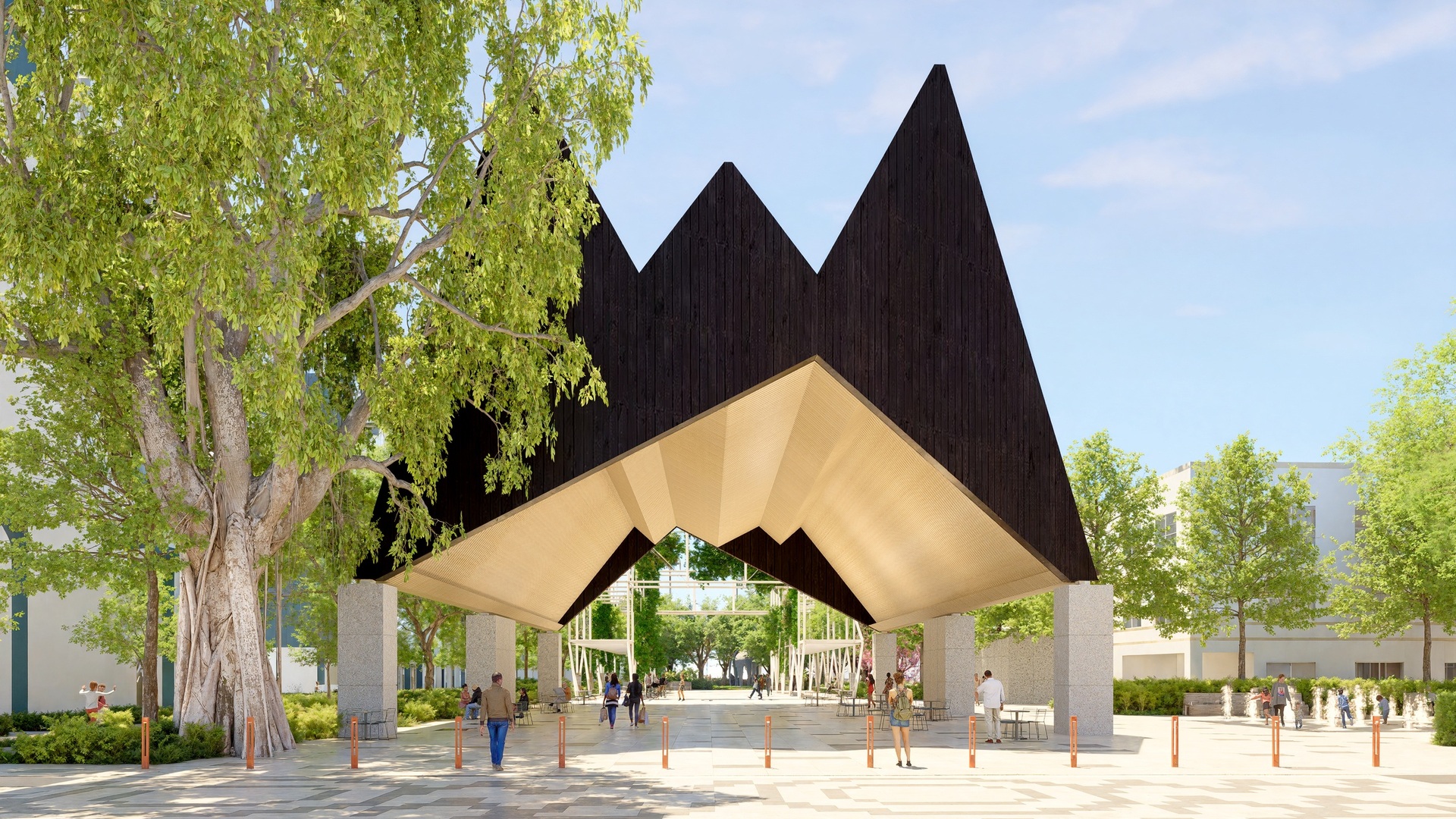
Miami’s Overtown—one of the city’s oldest neighborhoods, known for its rich African American heritage and cultural legacy—is undergoing a thoughtful transformation. At the helm is Hood Design Studio, led by Walter J. Hood, the 2025 Thomas Jefferson Foundation Medalist in Architecture. Guided by a cultural framework of Everyday, Lifeways, and Commemoration, the firm approaches place, ecology, and memory with uncommon depth and care.
For Hood, rendering goes beyond aesthetics—it’s a way to bring people into the process. To support that, they’ve integrated D5 Render into their daily workflow, using real-time visualization to inform design and foster alignment.
This case study explores how D5 supports their work—helping them test ideas, tell richer stories, and navigate the complexities of civic and cultural projects.
Project Context
Crown Overtown's public realm is anchored by three primary zones:
- The Crown – a pavilion structure conceived as a shaded performance venue
- The Greenhouse Trellis – a botanical framework that unites vines and endemic plant species
- The Pick Garden – a contemplative enclave rich in native plantings

Encircling these anchors are public art gestures—mangrove-inspired sculptures, large-scale Afro pick canopies—that root the site in Overtown’s cultural memory and improvisational spirit.
The core challenge: helping all stakeholders—clients, city agencies, community groups, consultants—see how these varied elements cohere, feel, and function together in the living urban setting.
Workflow with D5
Hood operates a braided, interdisciplinary process. With fewer than 20 staff spanning architecture, landscape, and art, the studio avoids rigid silos. Designers themselves engage in rendering. Perspectives aren’t merely polished finales—they’re tools from day one.
For the Overtown project, Hood synced Rhino and D5 via LiveSync so that model edits appeared immediately in render view. Designers could iterate in real time, share multiple views in progress, and make visualization part of the decision loop rather than an afterthought.
How Hood Excels with D5
1. Higher-Quality Iterations
Each iteration is more potent. Where Lumion outputs (for Hood’s past work) often demanded heavy Photoshop retouching to feel convincing, D5 Renders can go straight to client or internal review—no polishing required. As Nathan Stanfield, Associate at Hood Design Studio noted, "The quality of each iteration is higher. The feedback we get from every render is more useful."
2. Vegetation Realism & Scatter Rules



Landscape success depends on believable vegetation. With Overtown’s dense plant walls, mangroves, strangler figs, and layered species, D5’s vegetation fidelity and scatter tools became central. Designers could embed planting logic into geometry, communicate density and variation, and adhere to rules while maintaining visual clarity.
“The resolution of vegetation is higher than any software I’ve used previously. Scatter is immensely helpful—it lets us follow the design rules we’ve set and communicate that logic clearly.”
Also read: How Can Aesthetic Plants Transform Your Design with D5 Render?
3. Sun & Shadow Simulation
In tropical Miami, shade isn’t optional. Real-time sun and shadow preview let the team follow solar paths, test canopy coverage, and site structures to ensure comfort during midafternoon heat. The result? Spaces that are visually compelling and climatically attuned.

4. Speed & Simplicity
In fast-moving civic work, time is always scarce. Hood didn’t pick D5 just for faster renders—they chose it to eliminate post-production overhead. Images flow straight from D5 into presentations, open houses, or consultant meetings.
“We spend less time polishing and more time testing.”
5. Bridging Concept & Coordination

Perhaps D5’s greatest asset is its ability to unite storytelling and technical clarity. The same images used to excite stakeholders also provide consultants with actionable context (e.g. water features, structural shading systems, drainage). That dual role keeps the project moving efficiently.
6. AI Features
Hood has tested D5’s AI post‑processing, especially for enriching vegetation and materials. When used judiciously, it adds natural detail without manual touch-up—though the team remains selective about where and when to apply it.
Also read: AI Agent vs. Traditional Workflow: Which is Best for modern Landscape Design?
Business & Practice Impact
1. Efficiency & Resource Optimization
By removing the heavy Photoshop labor, Hood estimates saving 30–40% of touch-up time on average. Freed time is now reinvested into design iteration and coordination, delivering more value per project hour without extra manpower.
2. Better Coordination & Lower Costs
Because D5 visuals carry enough specificity, consultants engage earlier and more incisively. Structural engineers, water-feature specialists, lighting designers—they can reference the same renderings. Hood estimates coordination costs fell by 15–20% as a result.
3. Faster Approvals & Alignment
When community boards and city agencies see high-fidelity renderings early, they buy in faster. At the March 2025 Overtown open house, D5 visuals helped seed trust and consensus. That kind of early alignment shortens approval cycles, reducing scope creep, delay risk, and costly change orders.
4. Stronger Proposals & RFP Performance
Instead of generic diagram sets, Hood can submit visually rich process snapshots and narrative-ready images in RFPs and pitches. That clarity gives them an edge in civic and cultural work, where communication often tips the scales.
5. Competitive Edge in Civic Work
Few firms can deliver speed and quality together. With D5, Hood operates at that rare intersection. That puts them in a compelling position: a partner who can both inspire communities and give consultants the clarity they need. In the realm of civic commissions, where trust, feasibility, and coherence matter most, that’s a powerful differentiator.
Conclusion
For Hood Design Studio, D5 Render has become more than a tool—it’s a design ally. It empowers higher‑quality iteration, ecological fidelity, and smoother stakeholder alignment. It allows the studio to balance cultural storytelling with technical rigor.
Nathan’s advice to peers is simple:
“Try it. The speed and quality at the same time make it unique.”
Because the true value of a good visualization tool isn’t just about rendering—it’s about winning trust, streamlining process, and elevating your narrative in a competitive market.
🌟 Your Work Deserves the Spotlight
Has D5 transformed how you design, present, or collaborate? Turn your D5 Render project into a story that inspires designers around the world! Share your journey—and let the world see what’s possible.
By submitting your project, you could:
✅ Be featured in a global case study seen by thousands
✅ Co-host a D5 webinar and showcase your expertise
✅ Speak at official D5 events and elevate your industry presence
This is more than a feature—it’s your chance to grow your voice, build your brand, and inspire a global design community. Share your stories here.



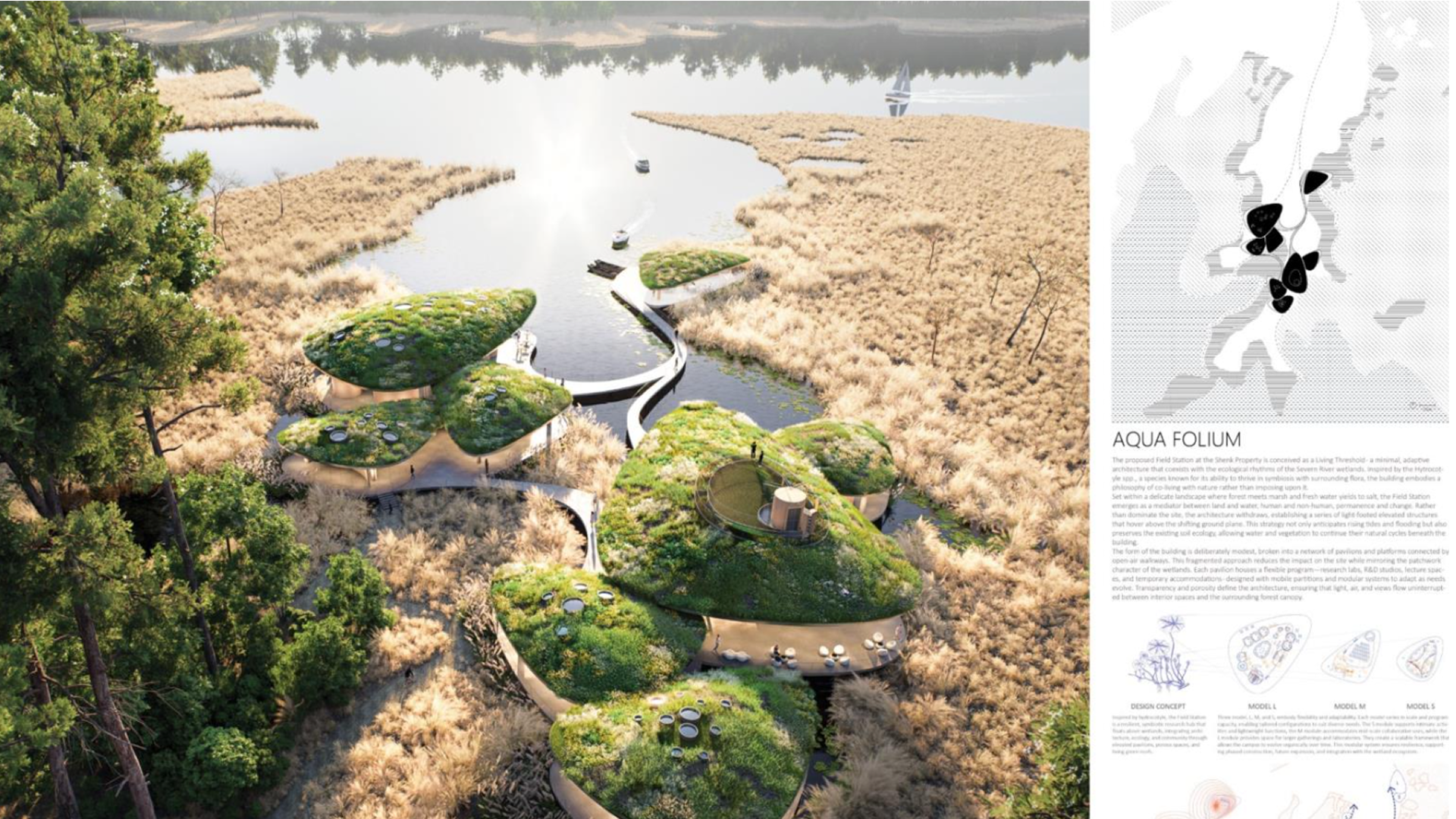
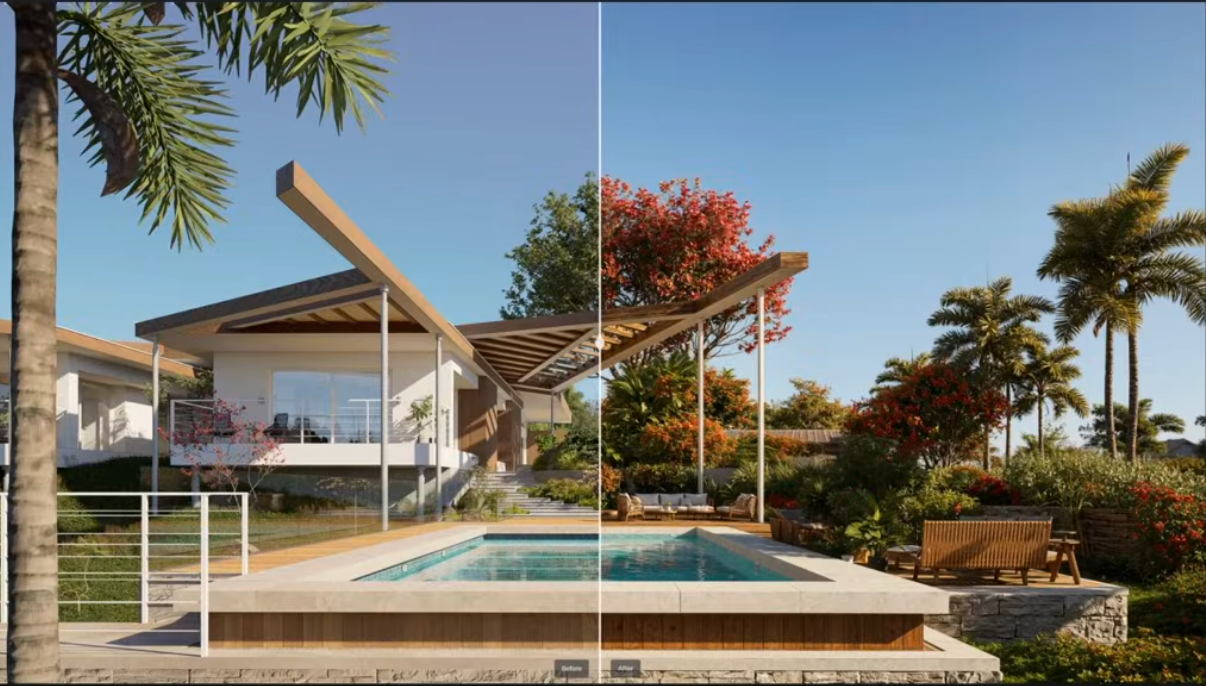

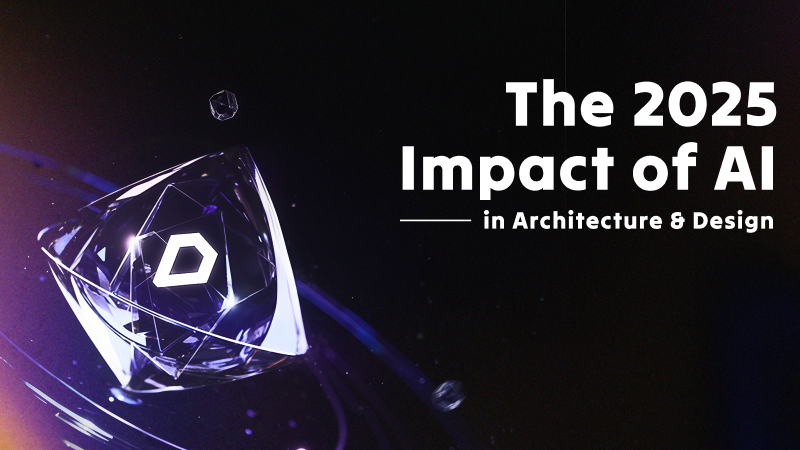
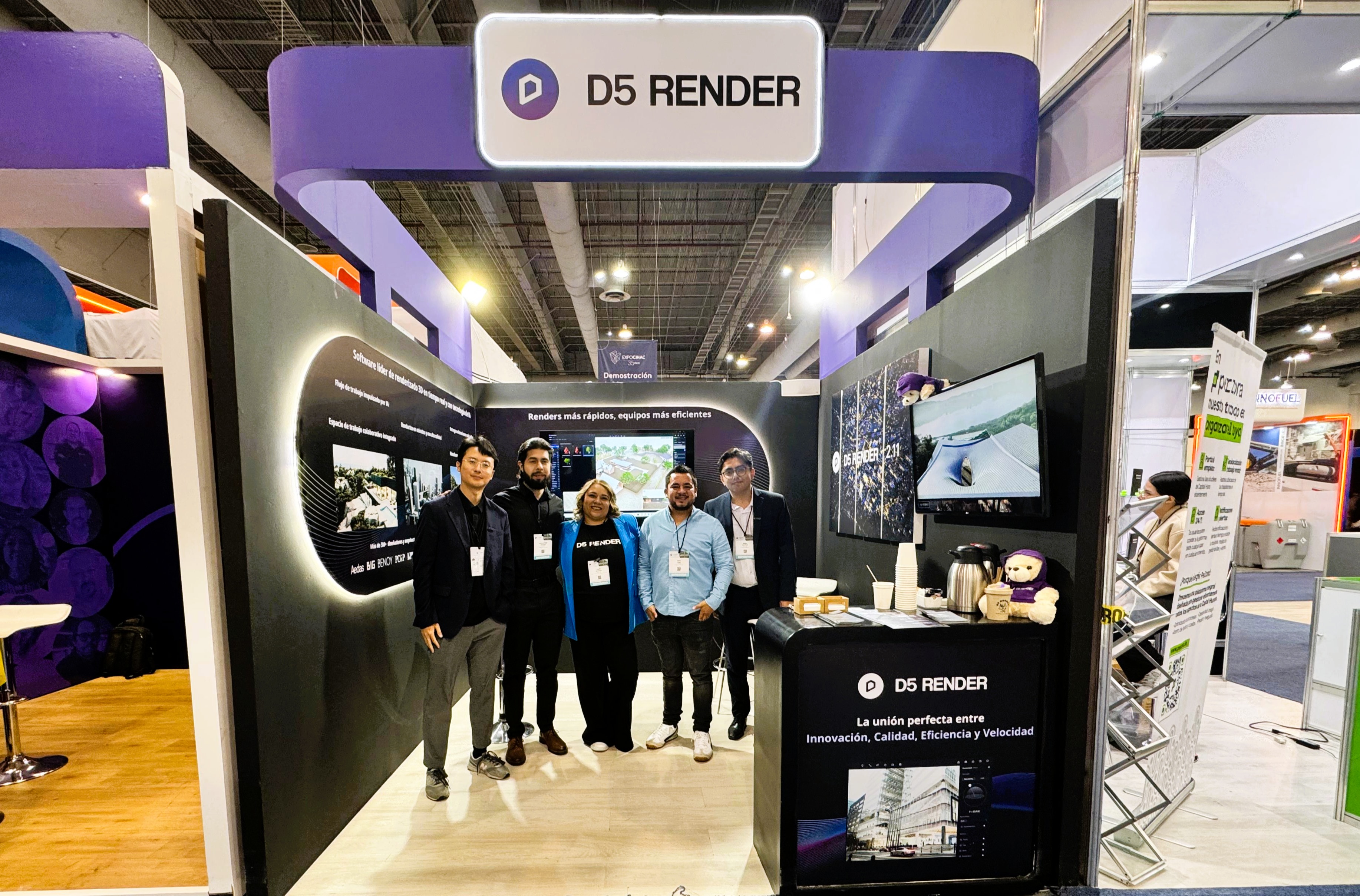
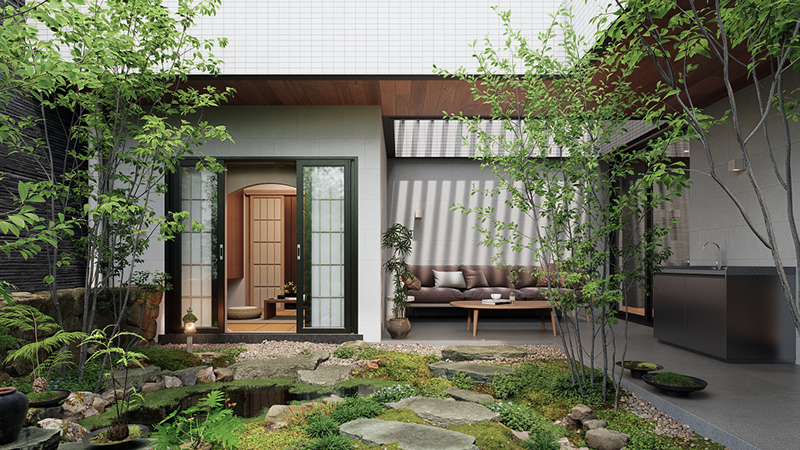
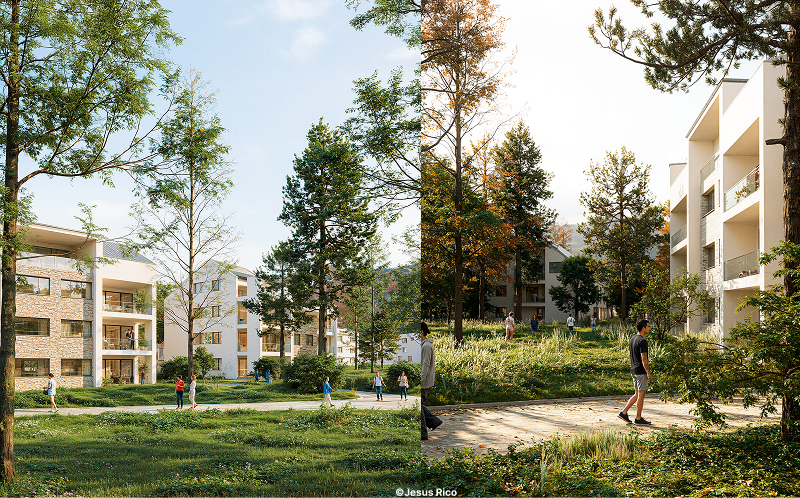
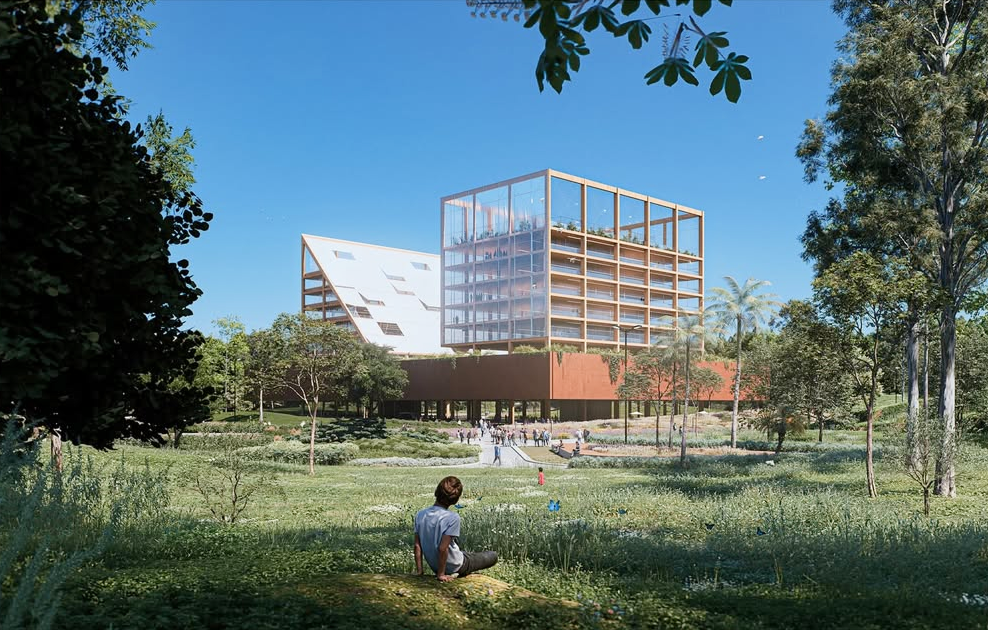
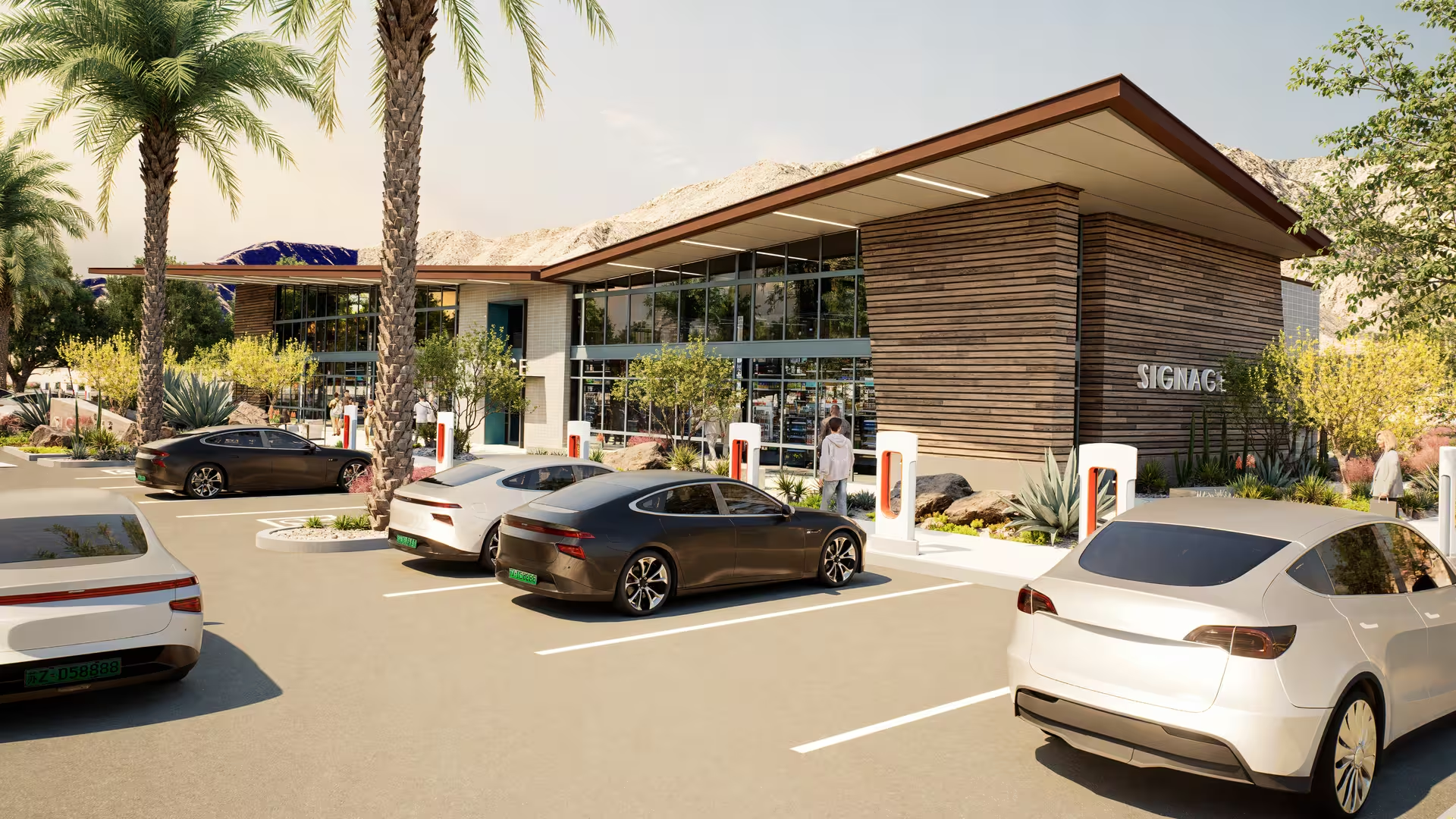
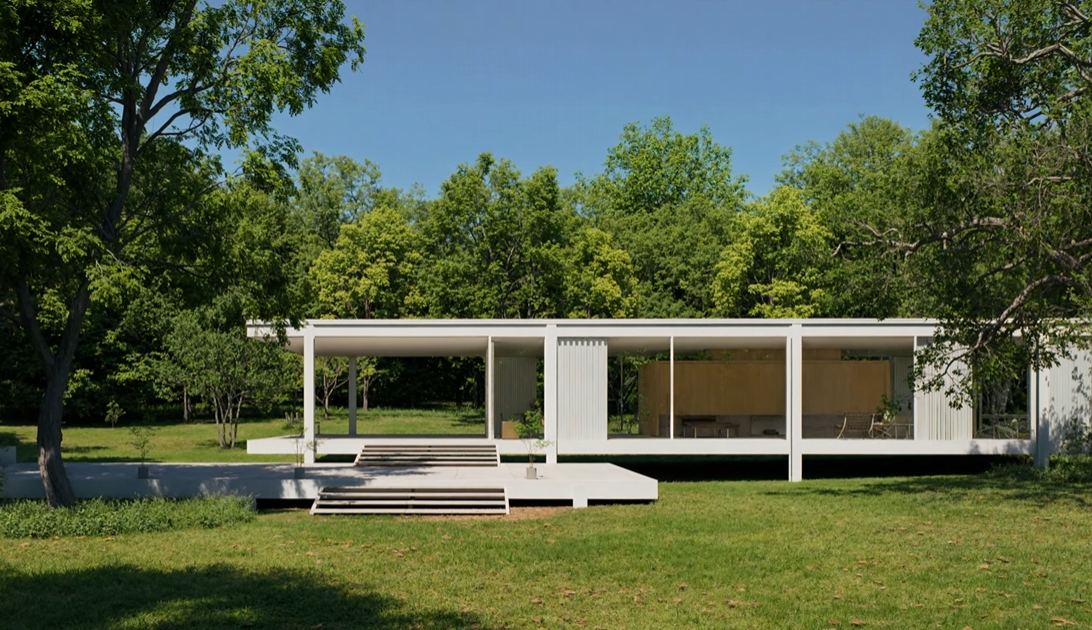
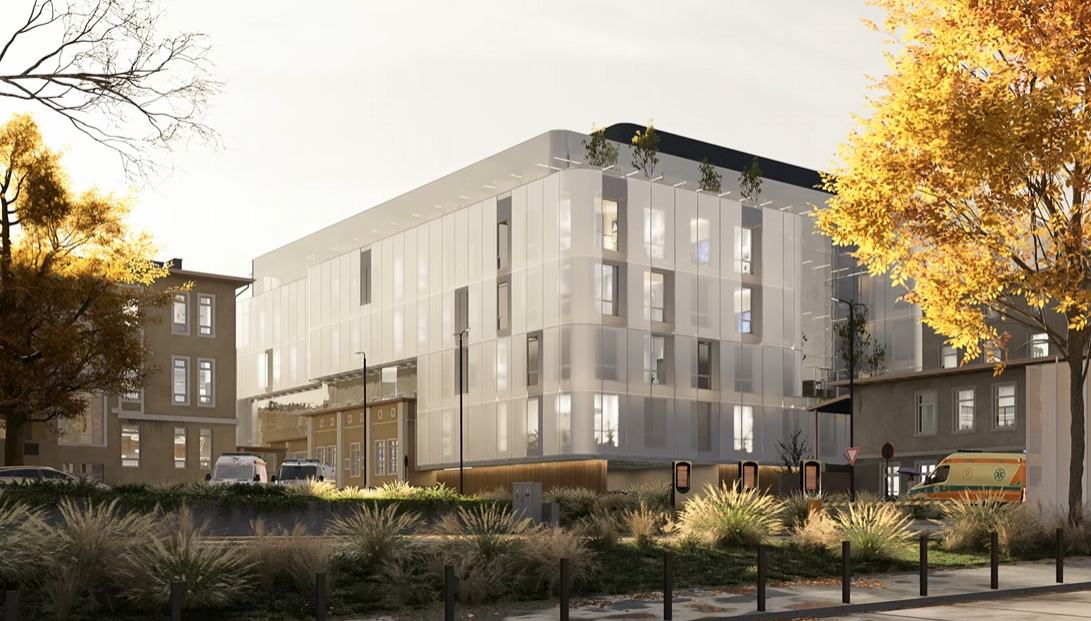
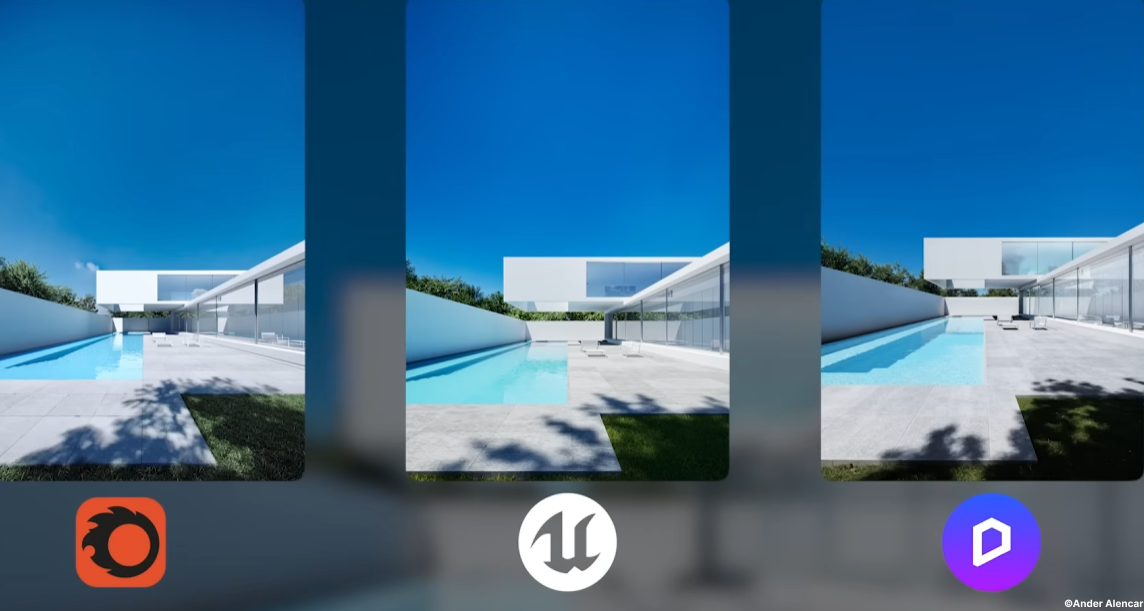
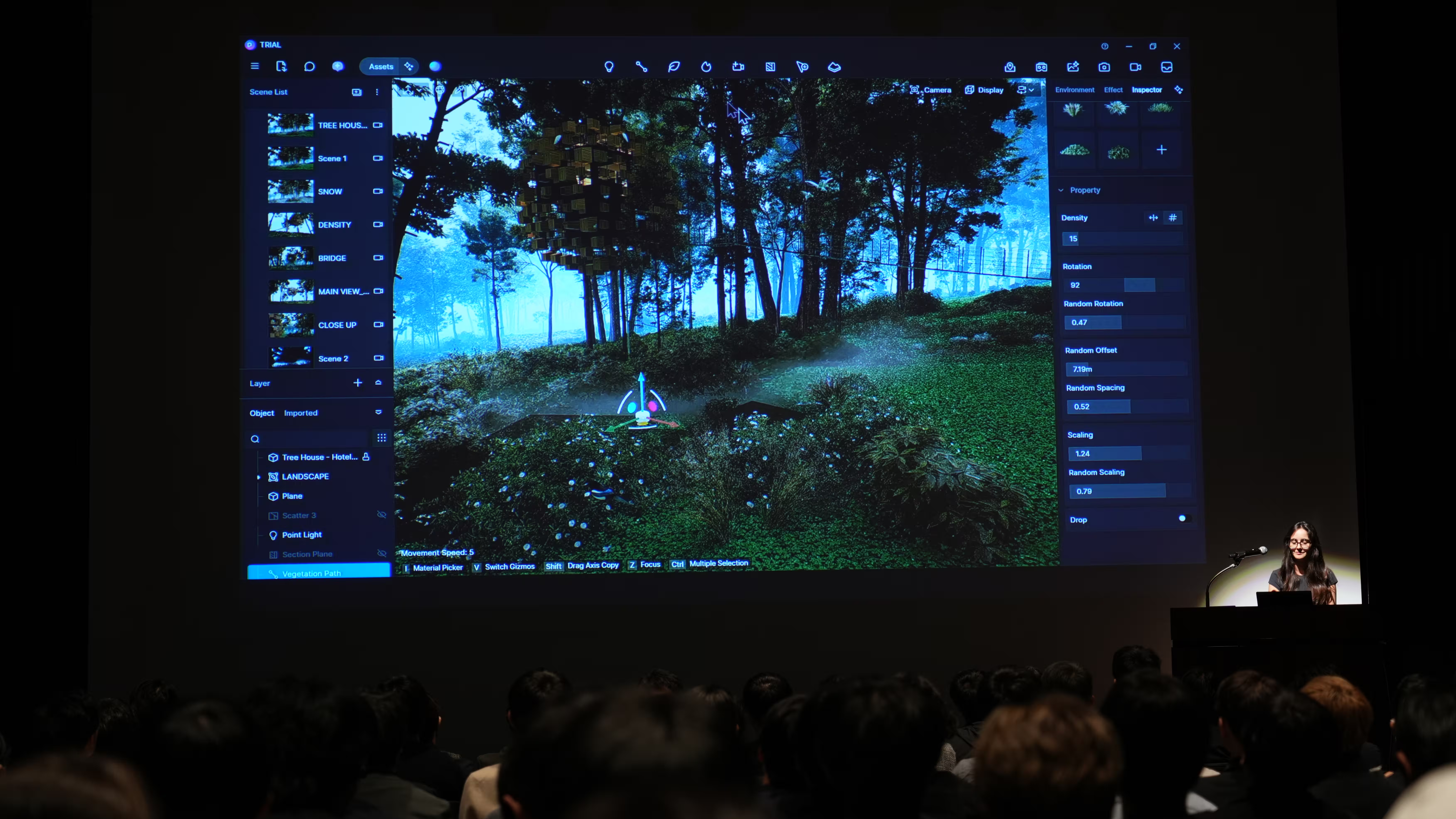
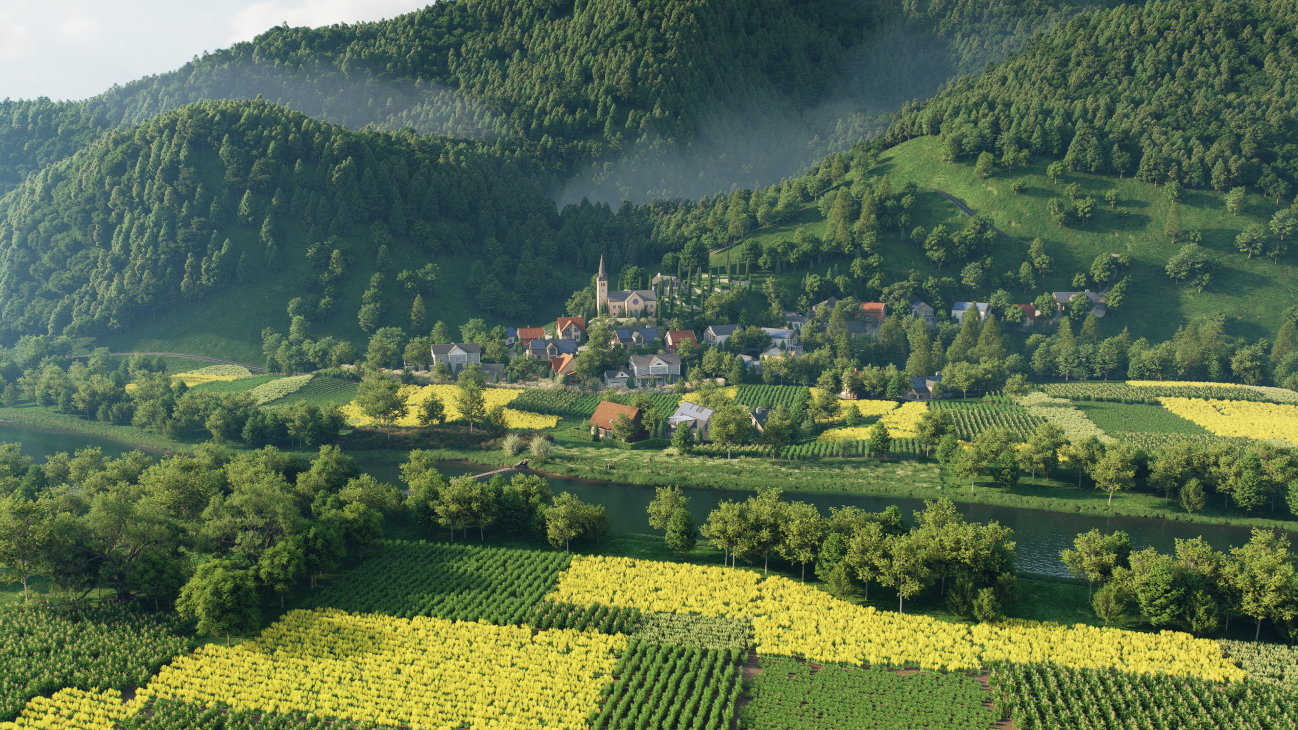
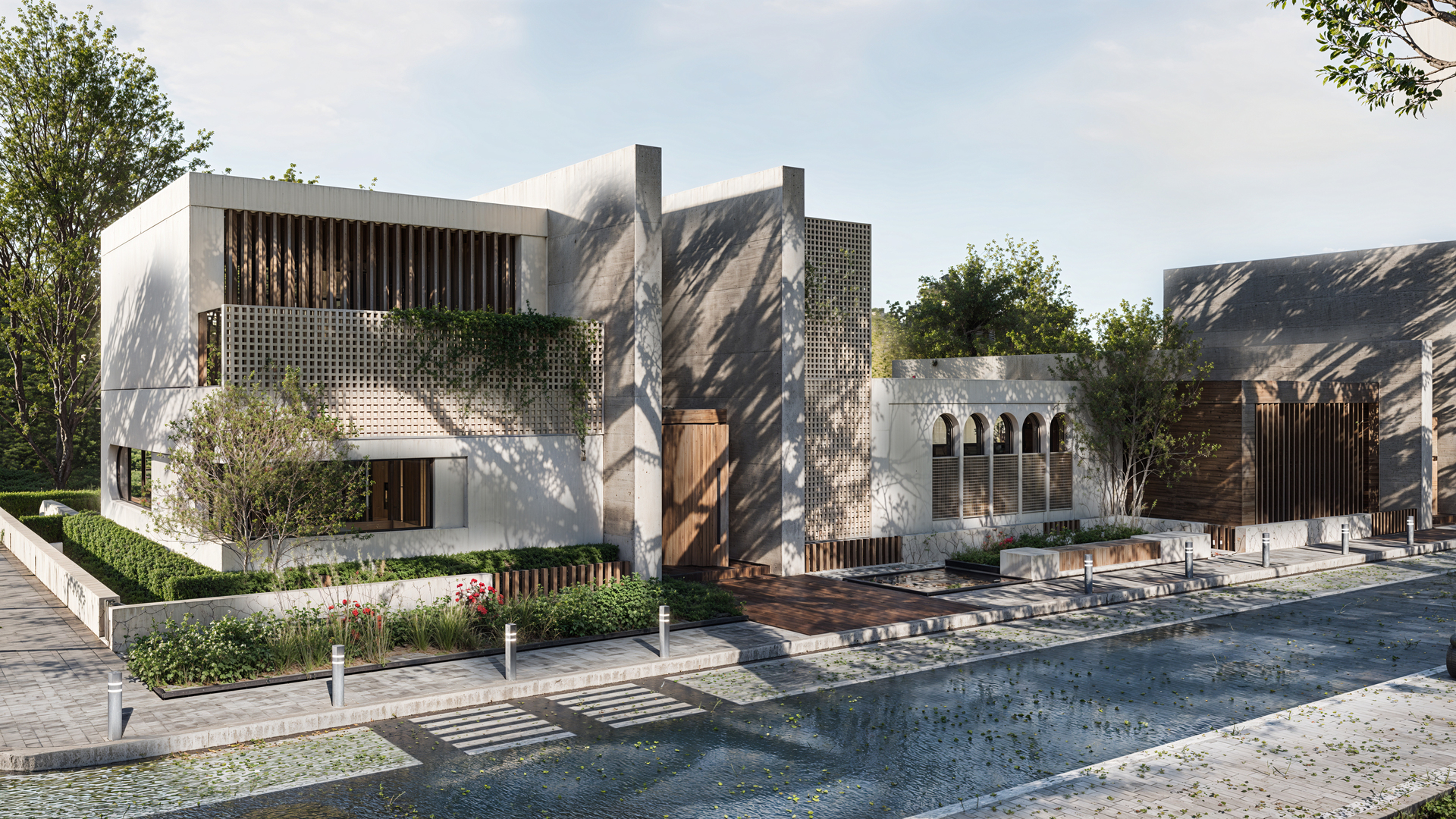
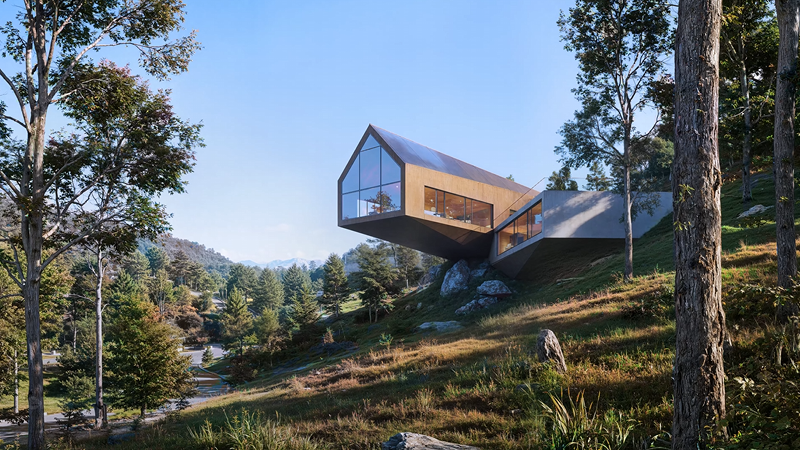
%20(1).png)
.png)
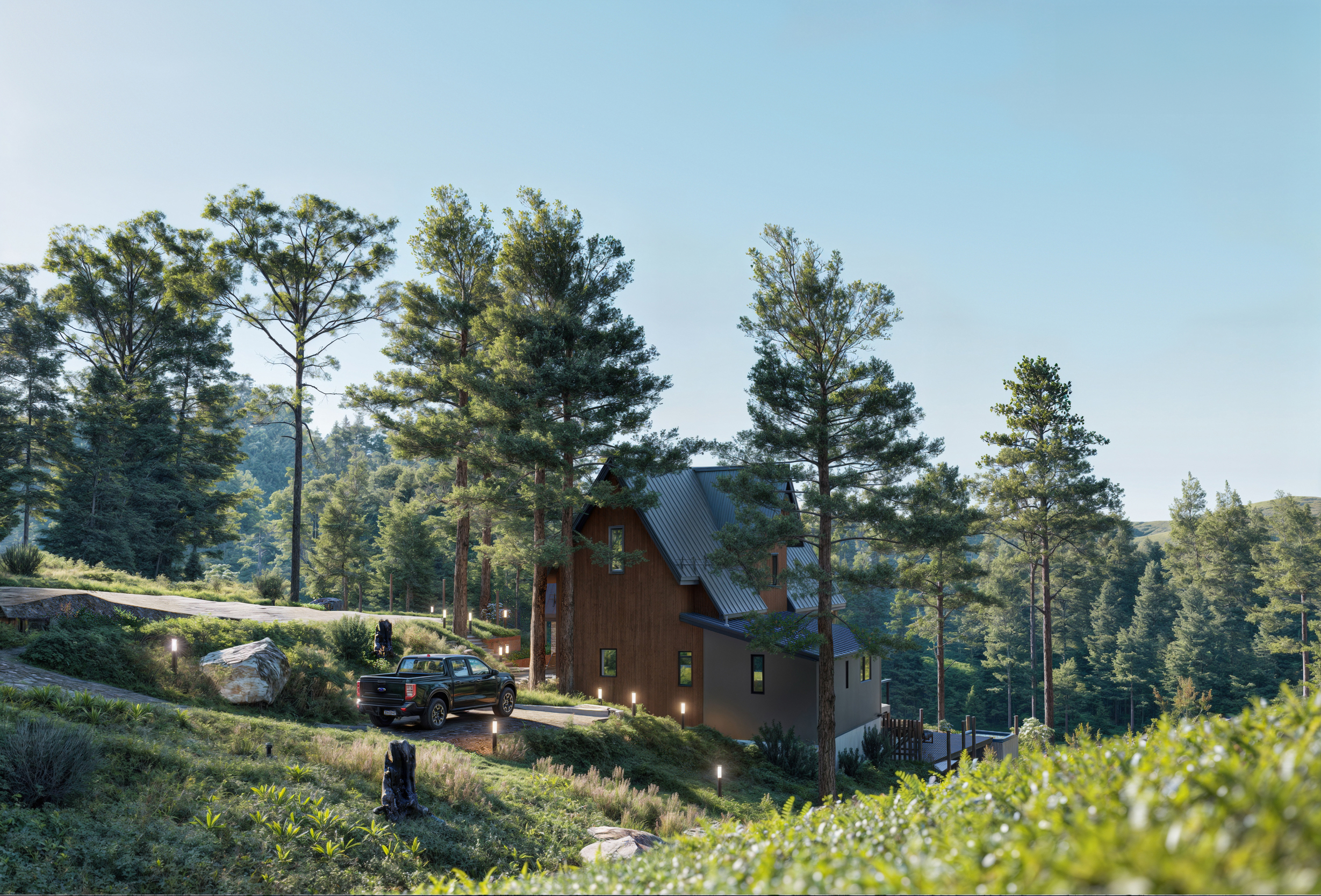
.png)

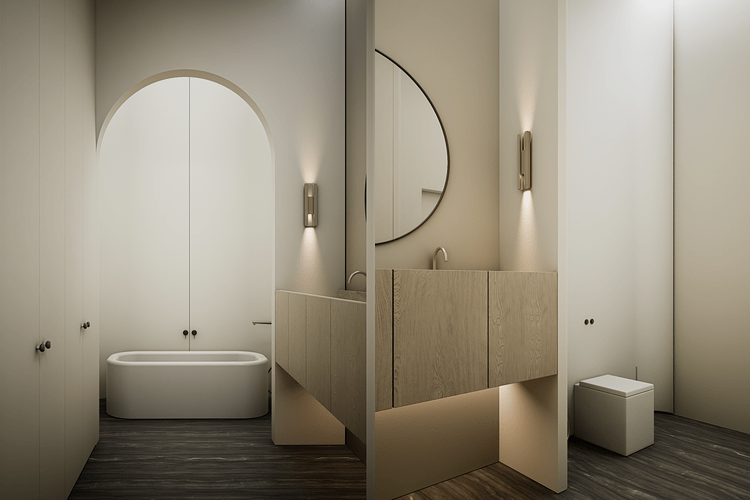
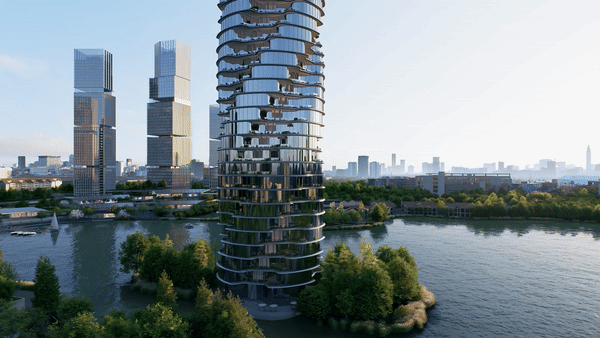
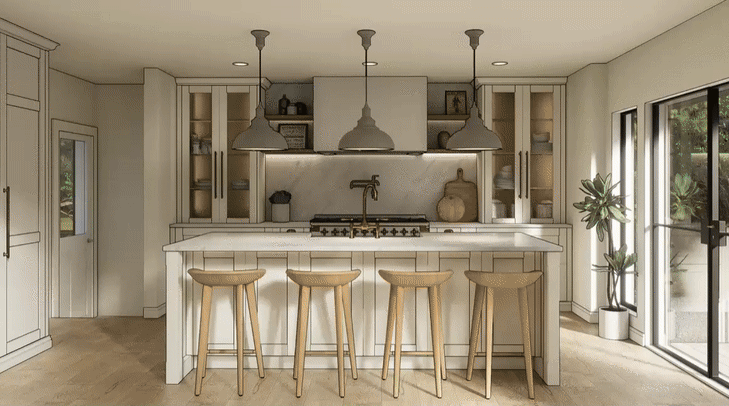

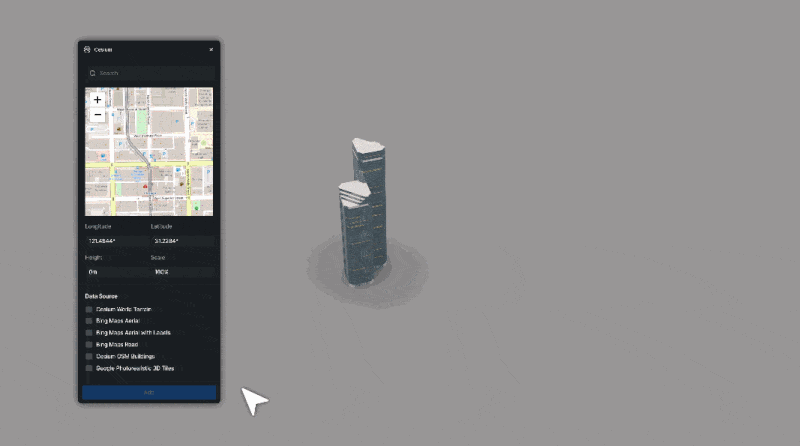
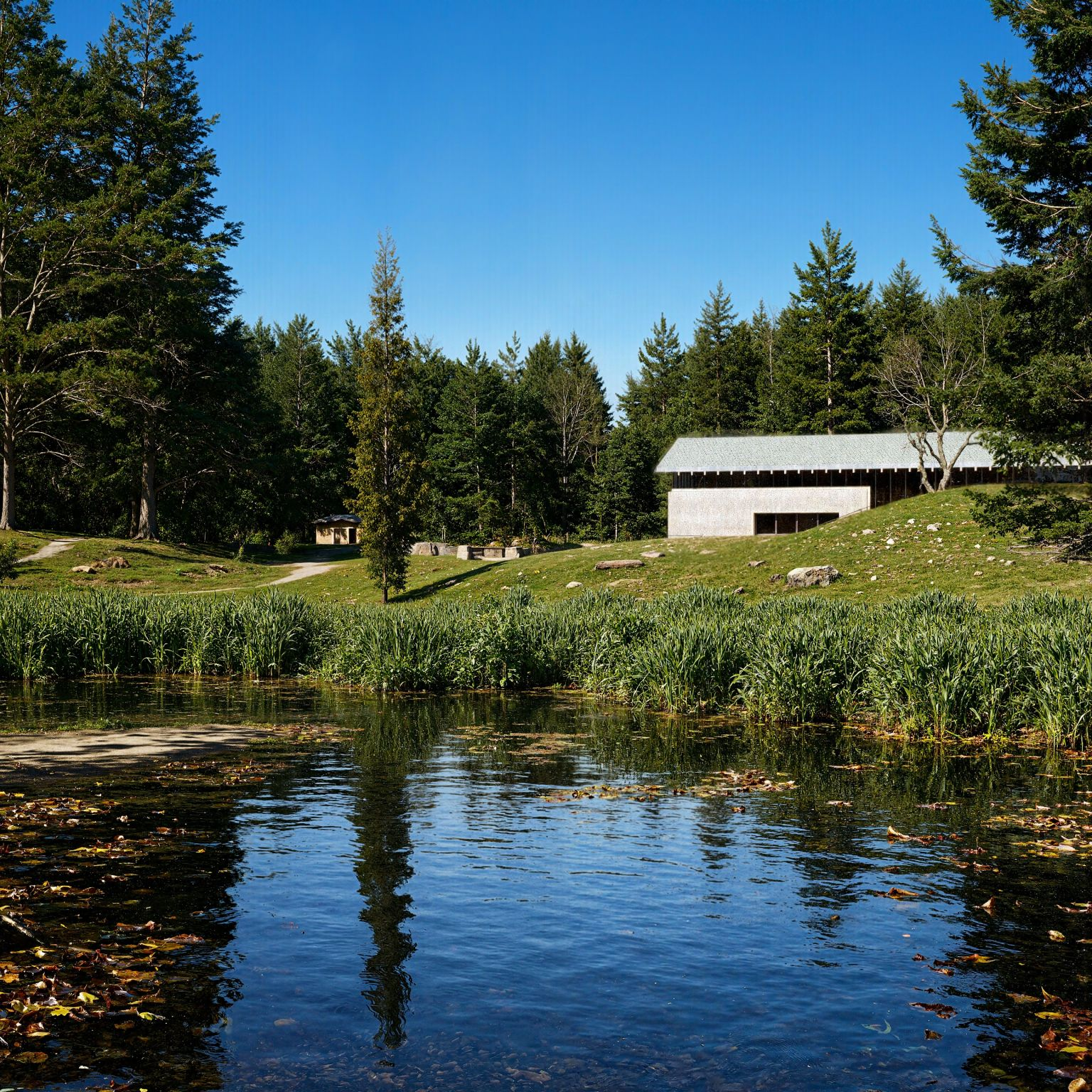


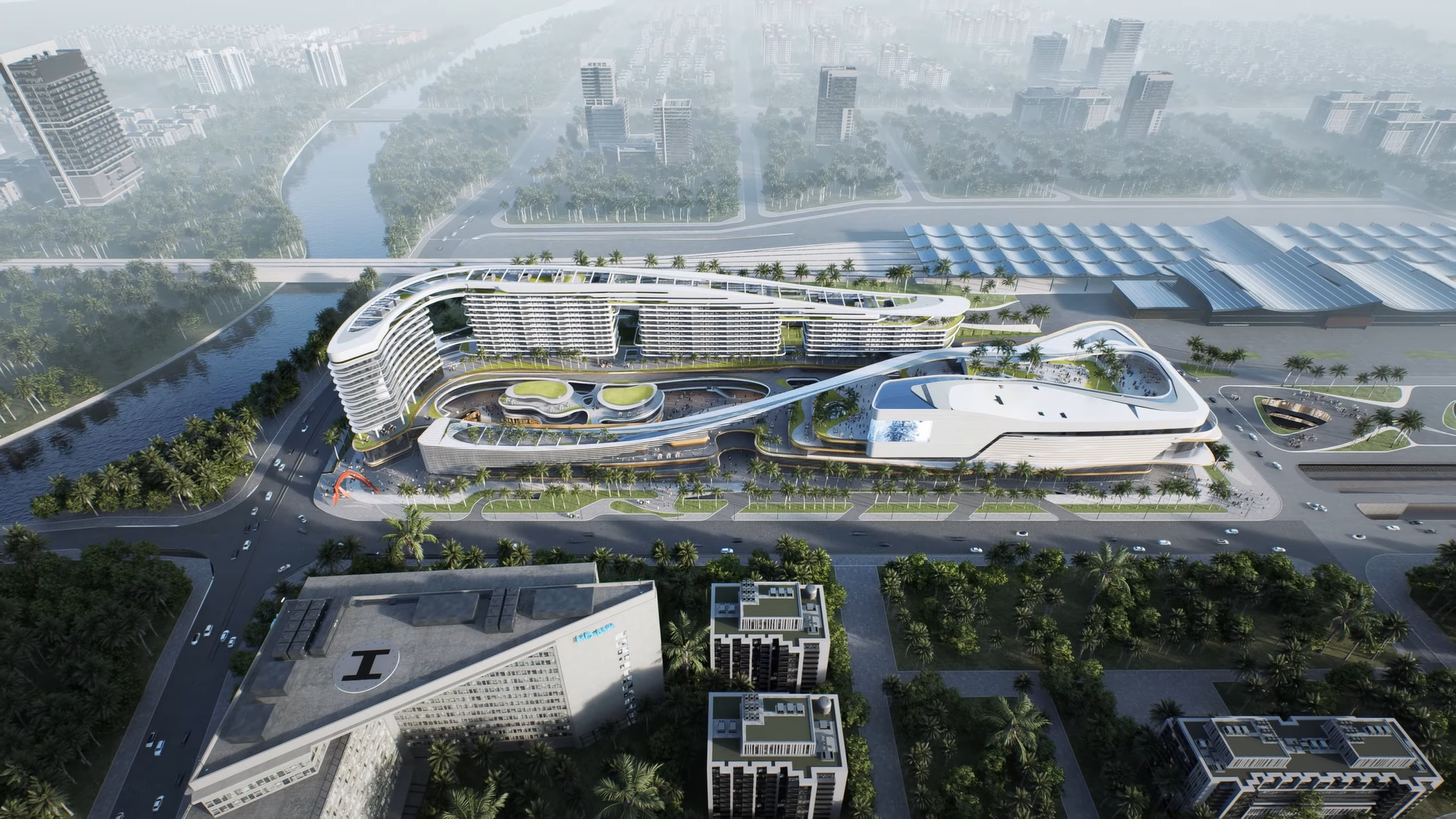

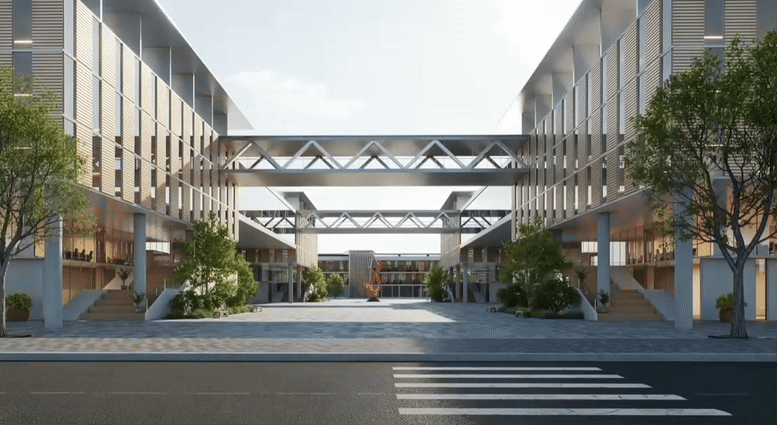
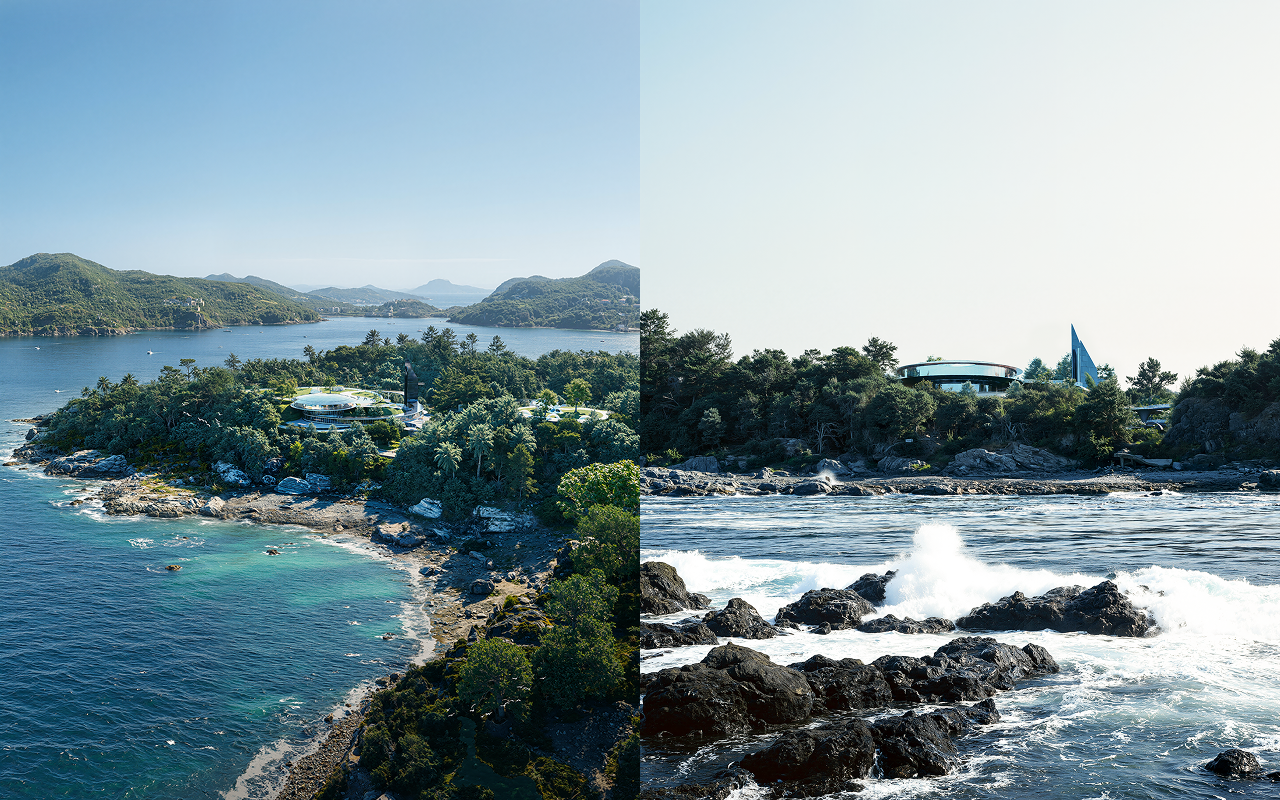
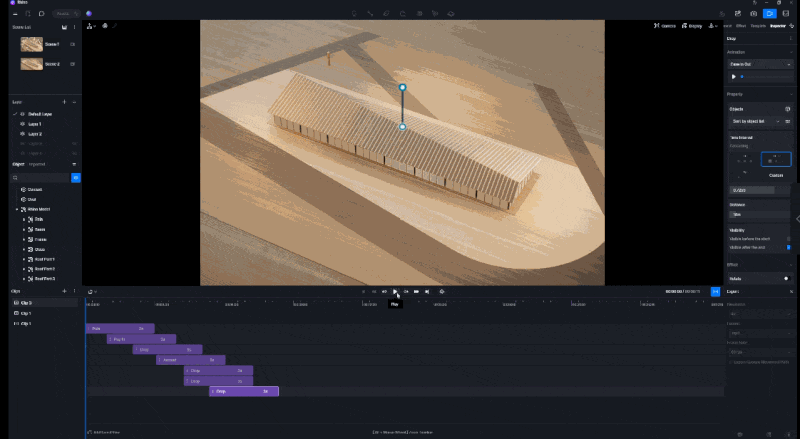
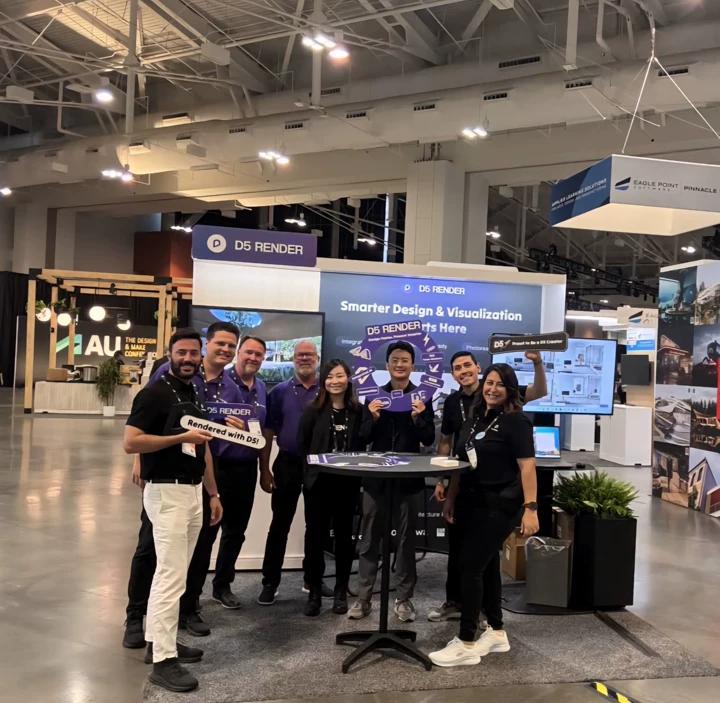

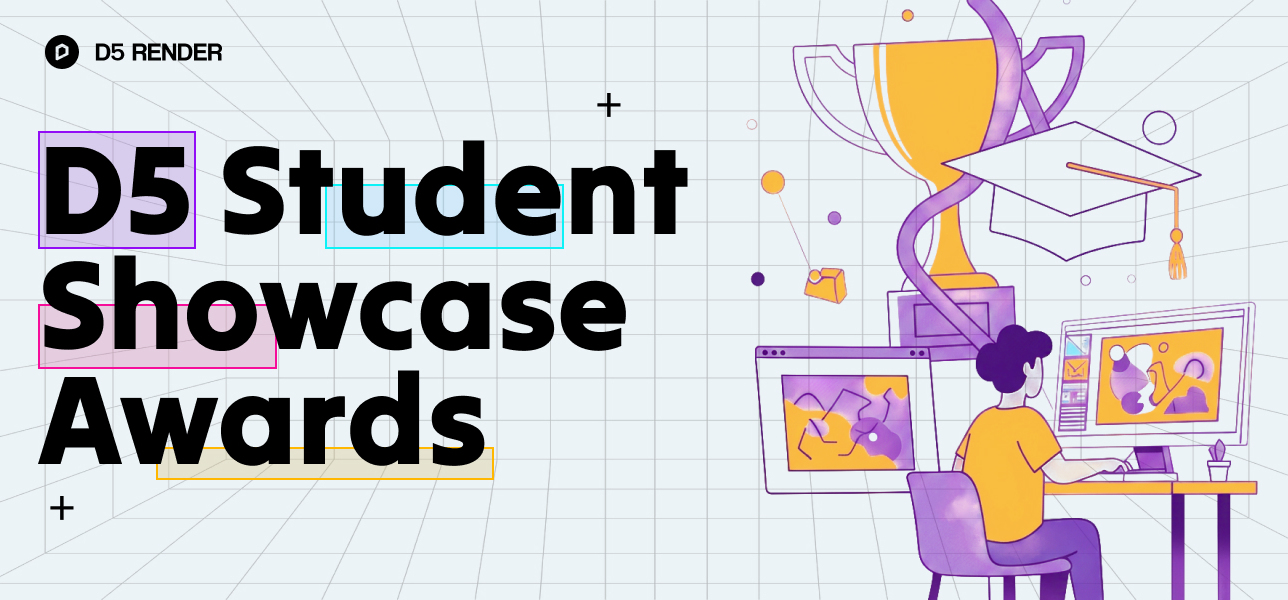
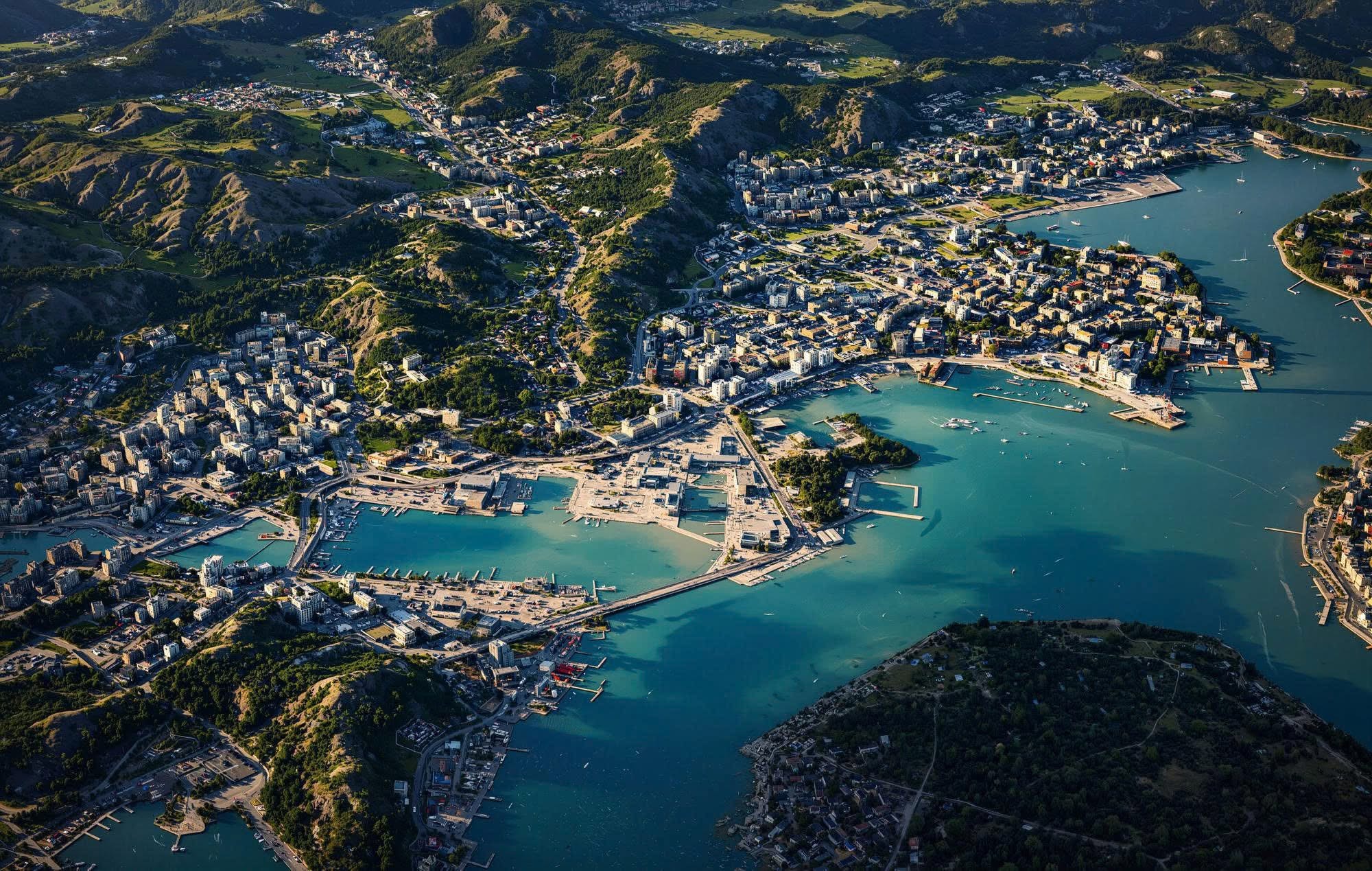
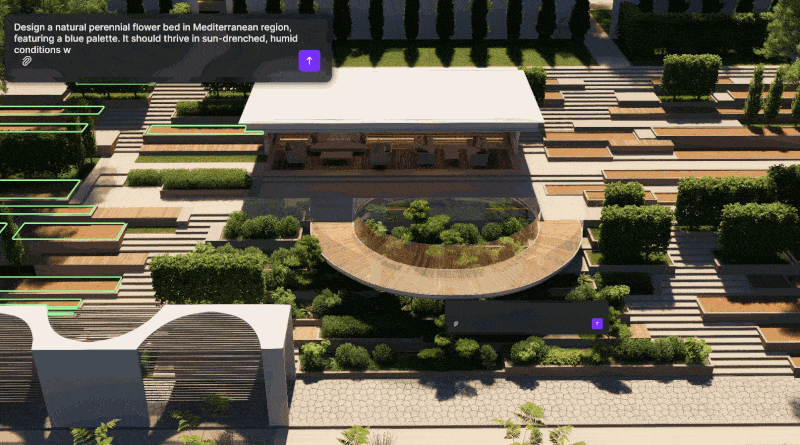
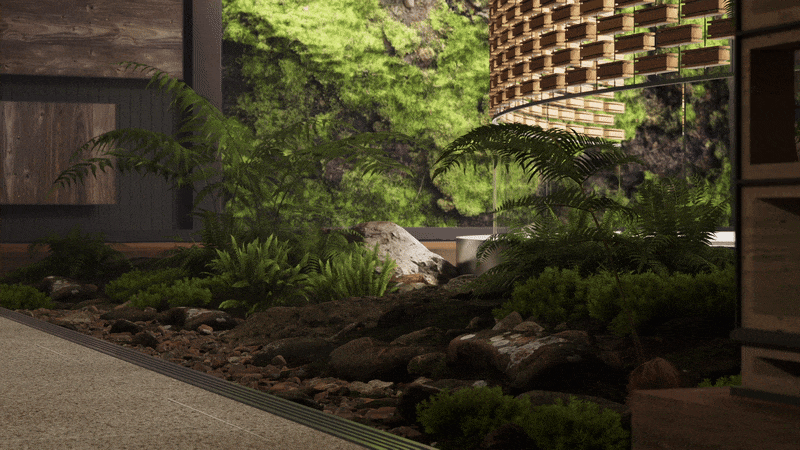

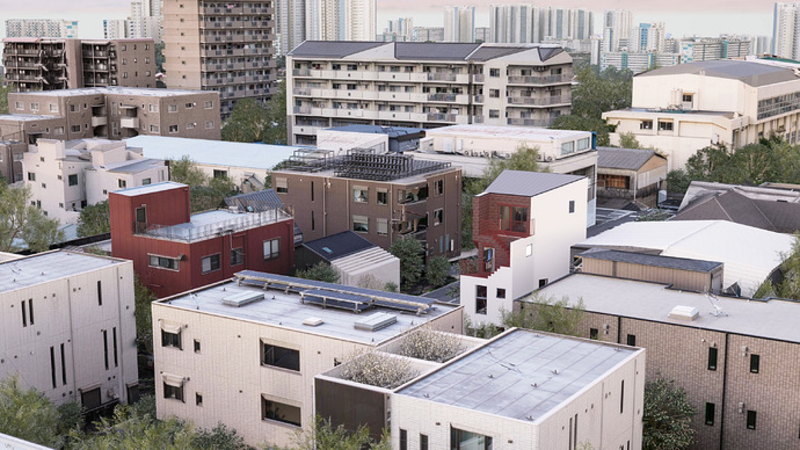
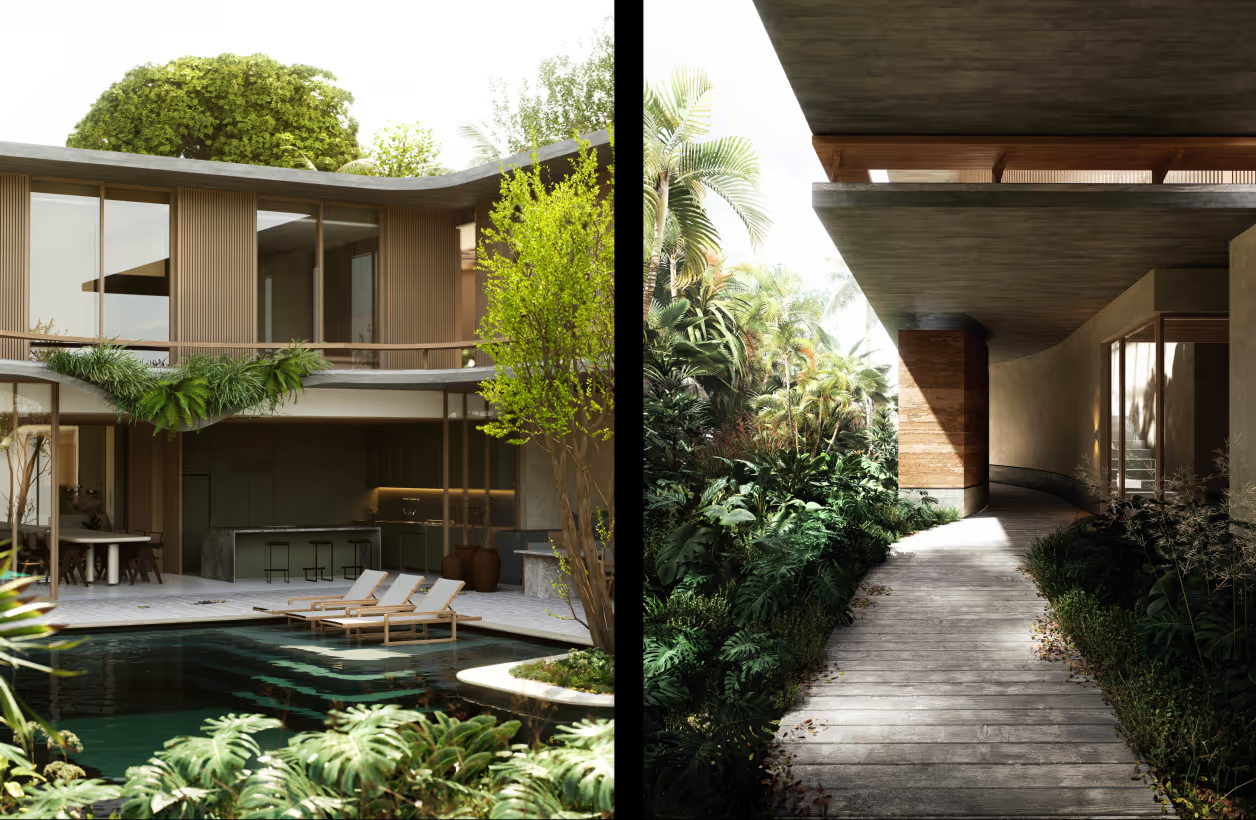
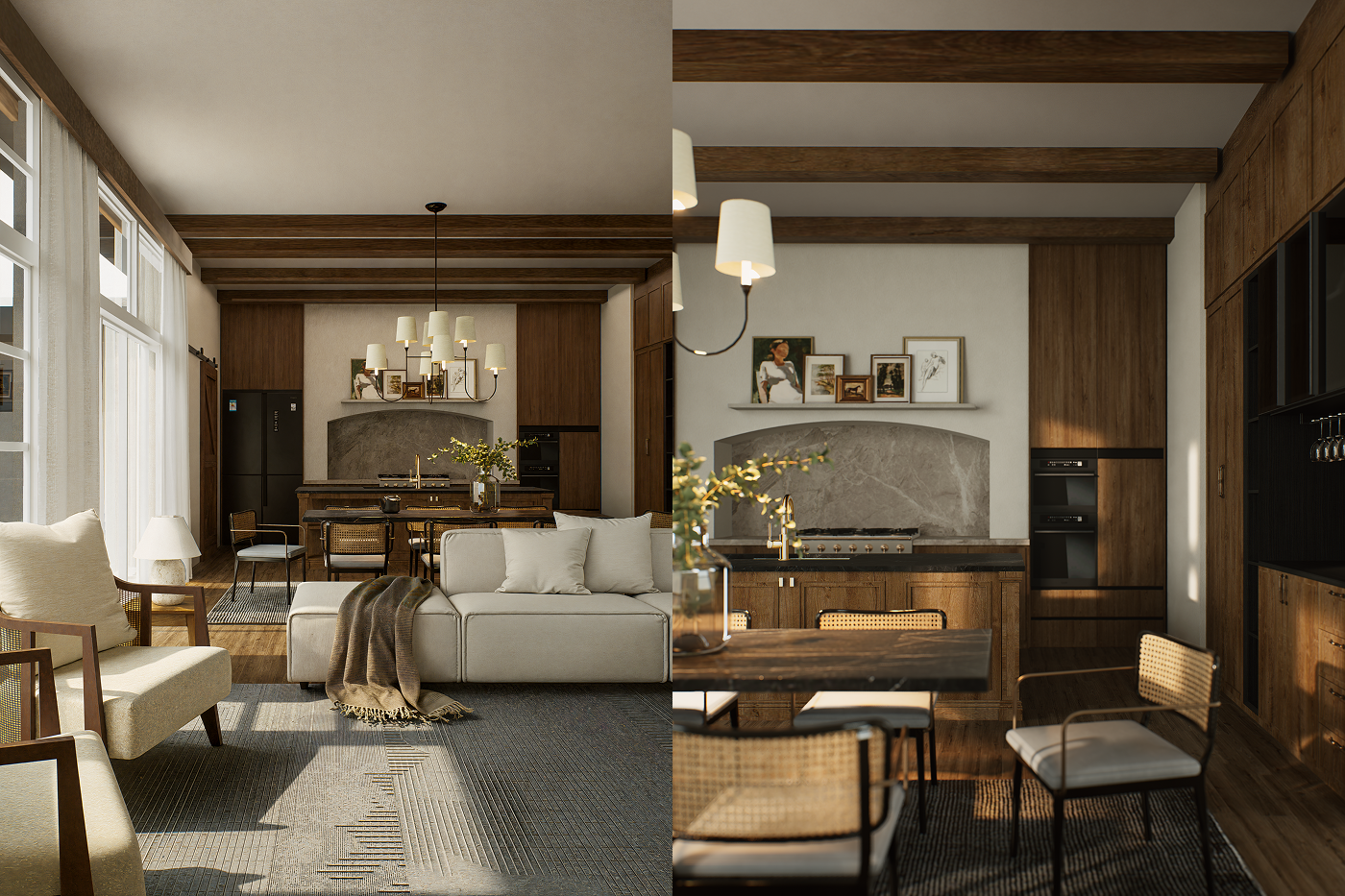
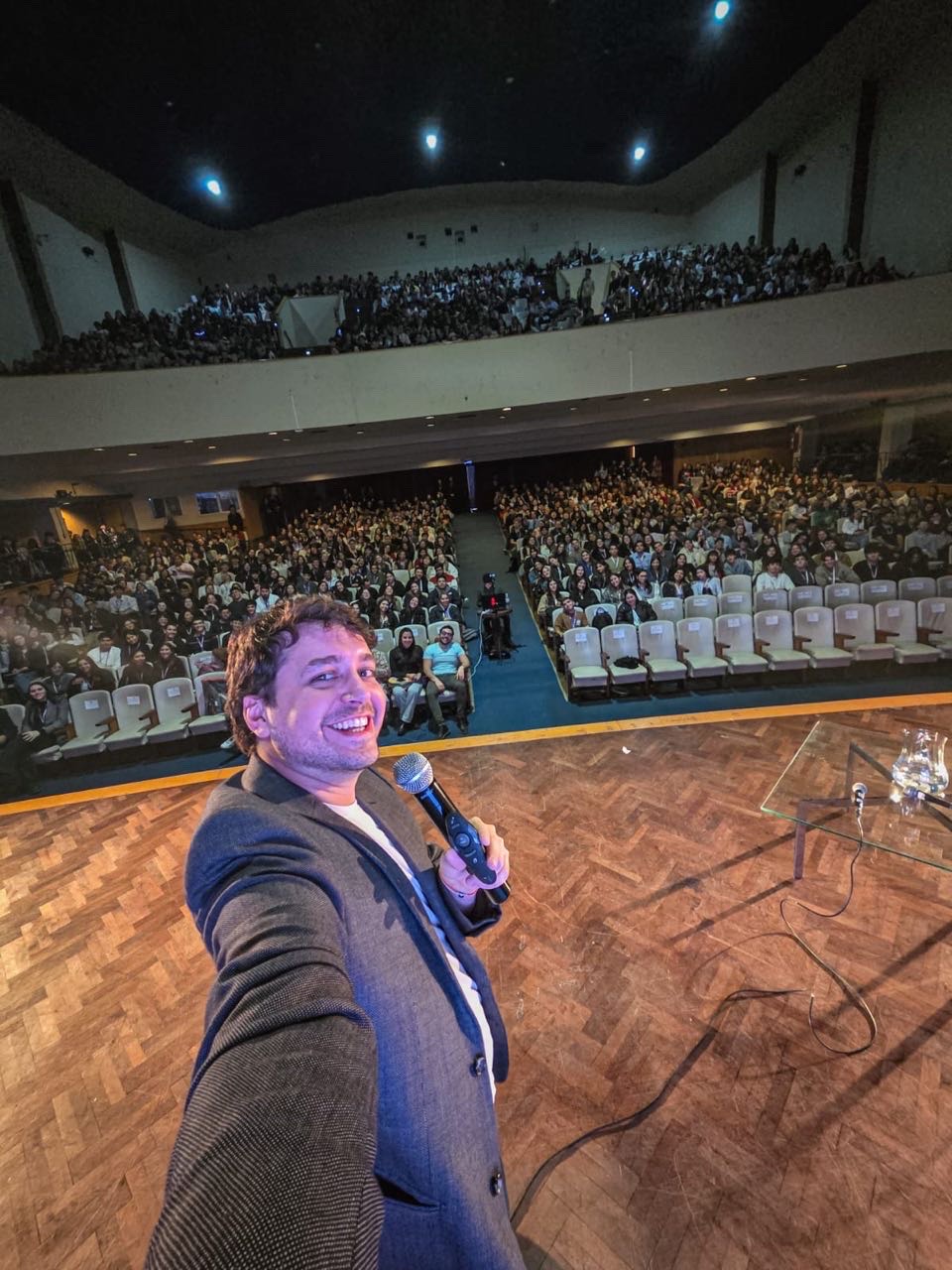
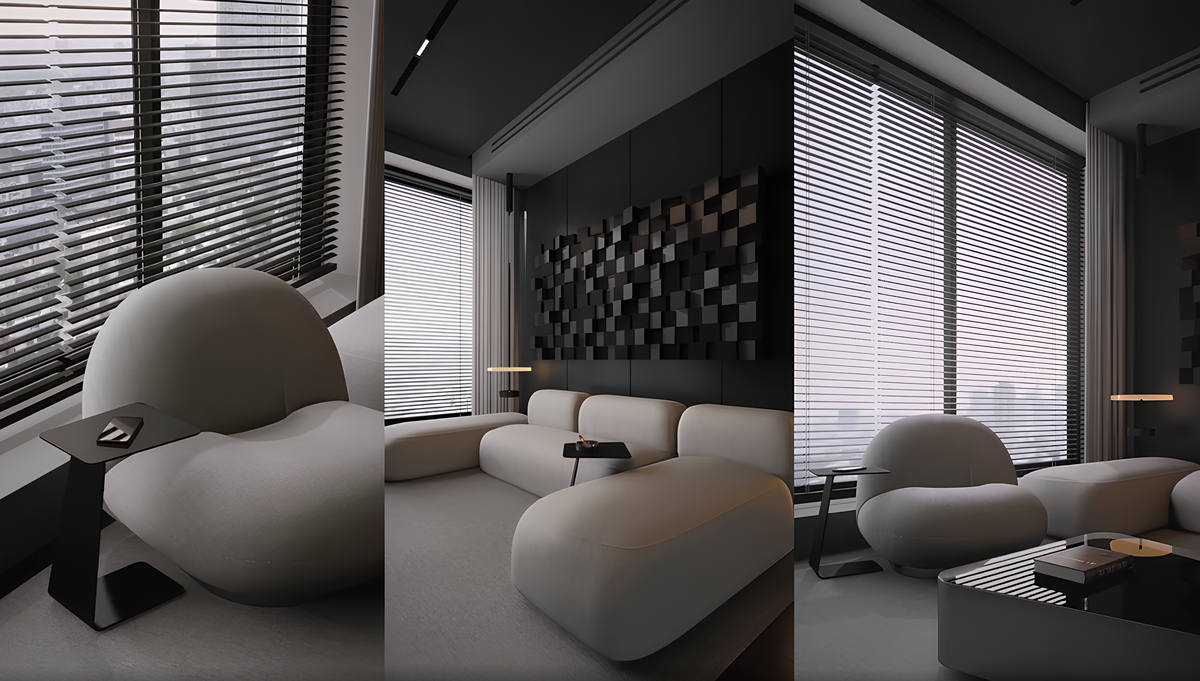
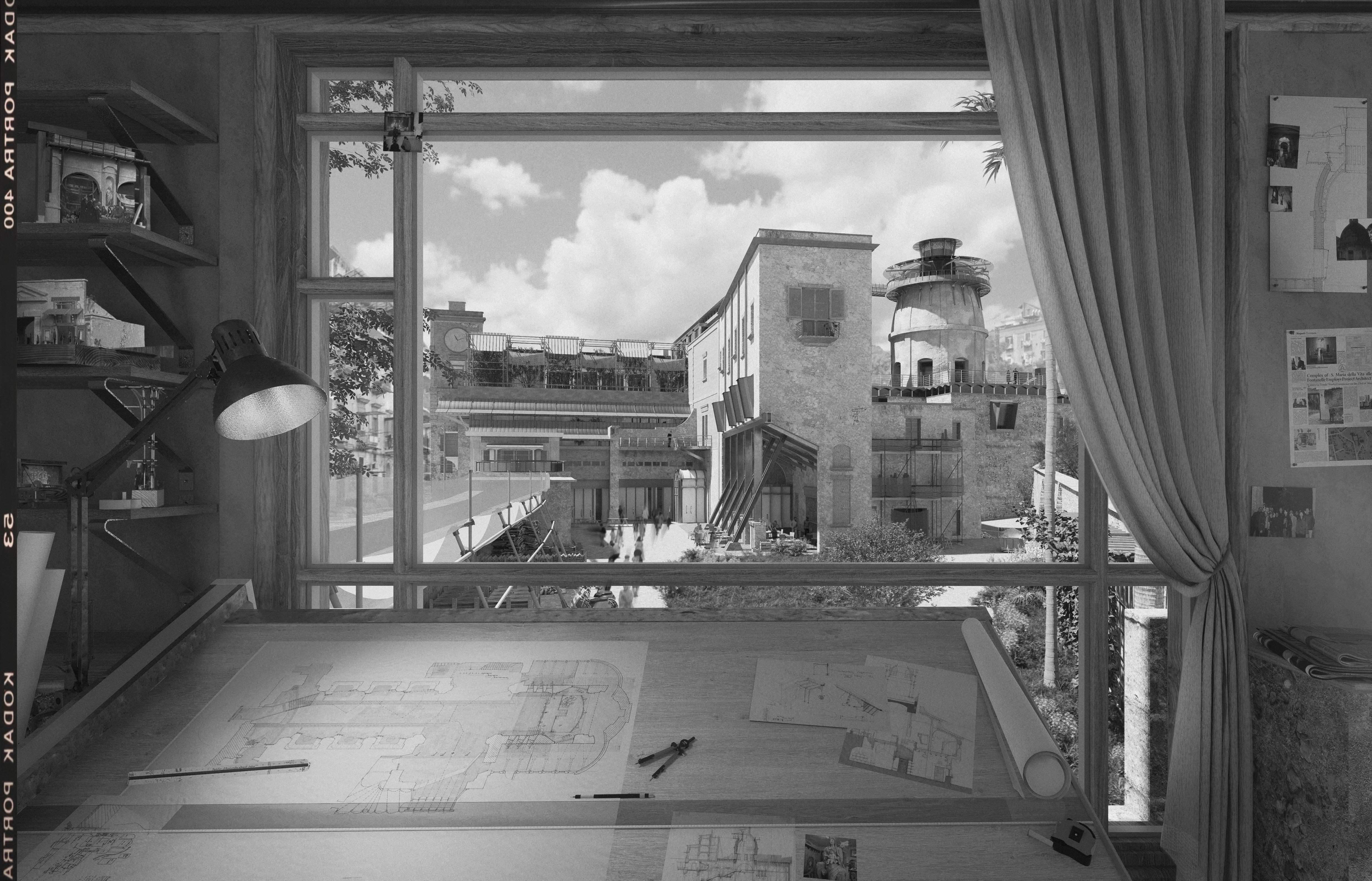

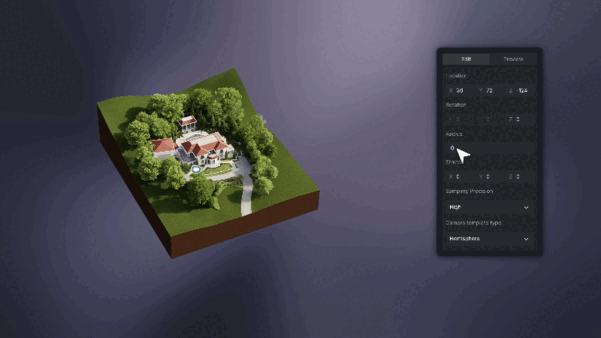
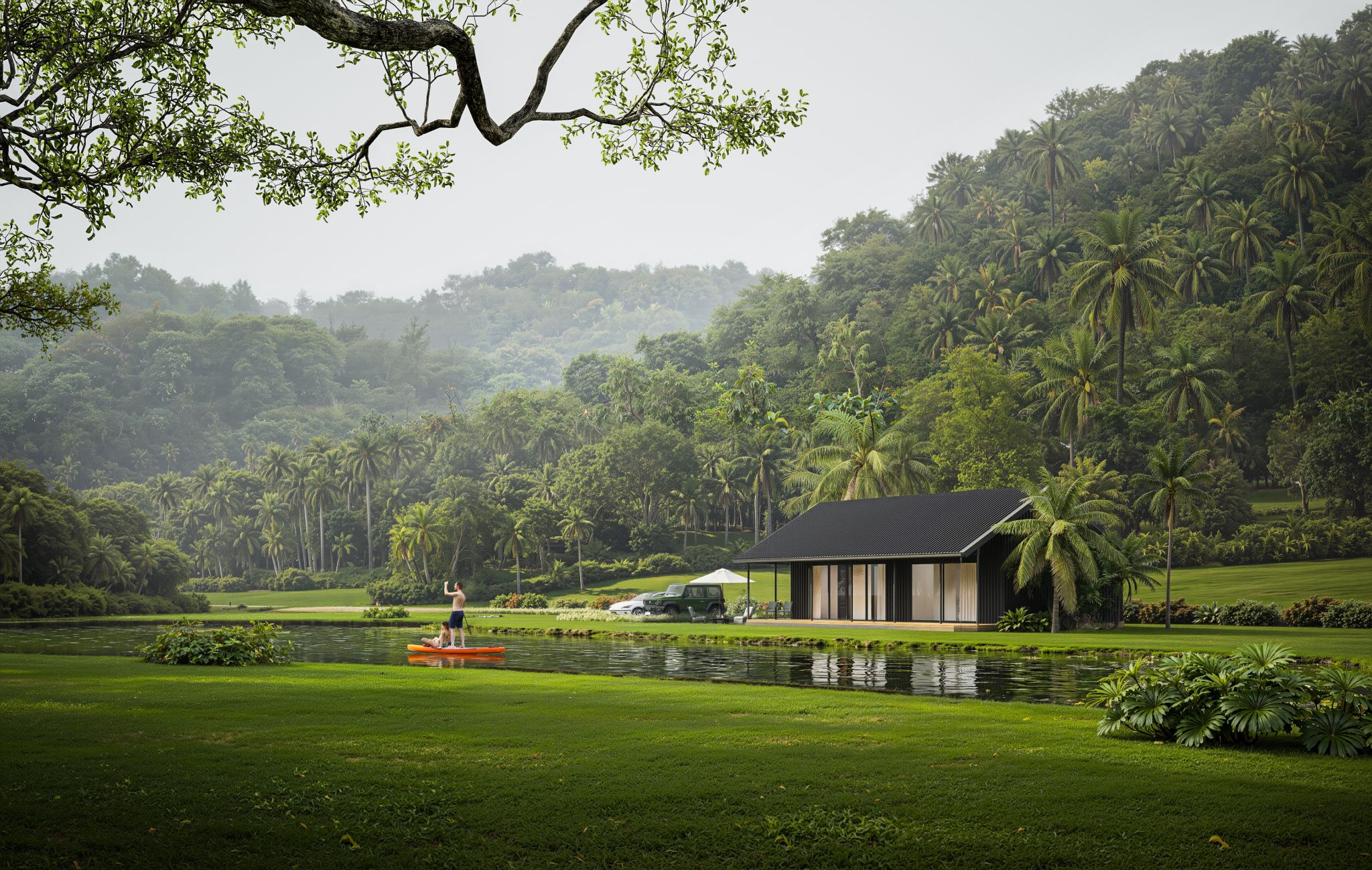
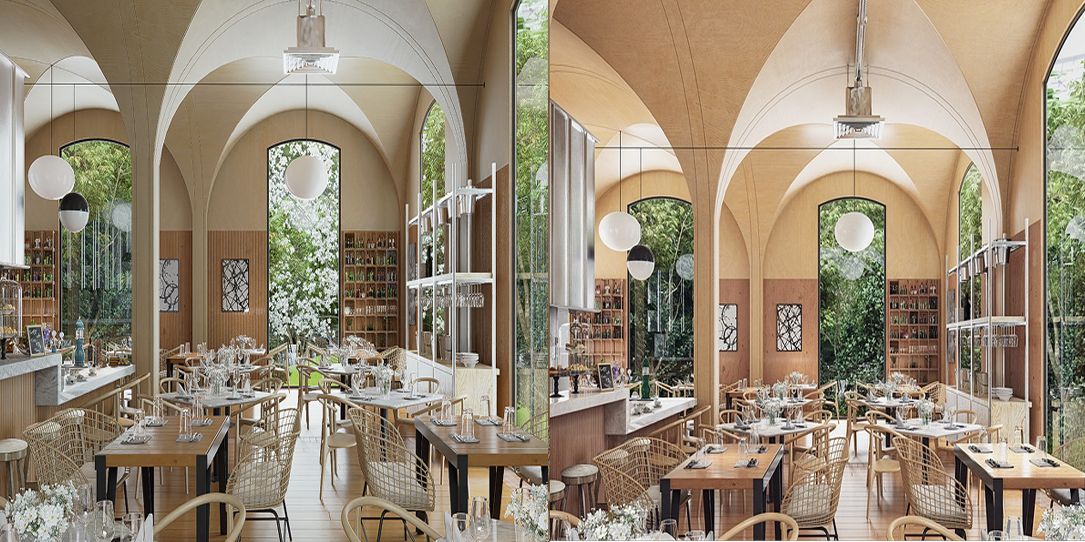
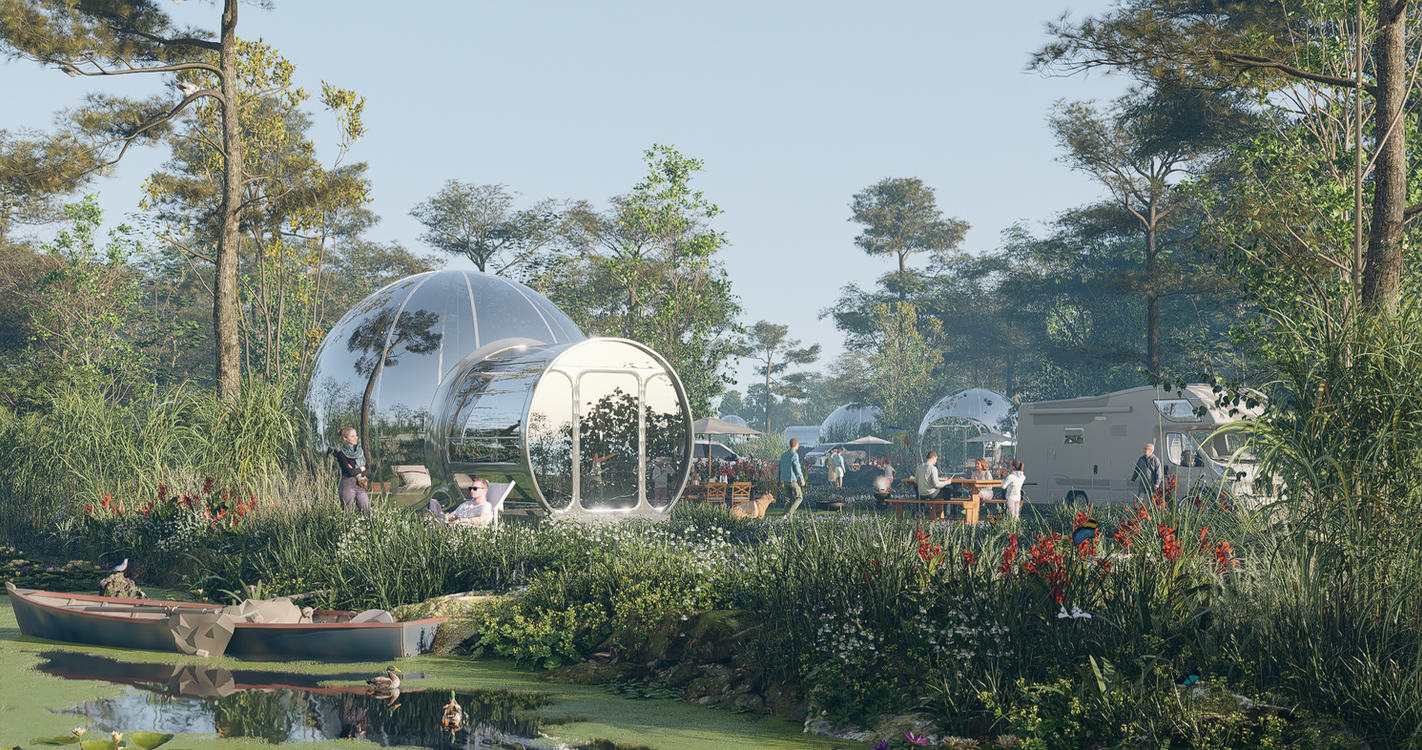
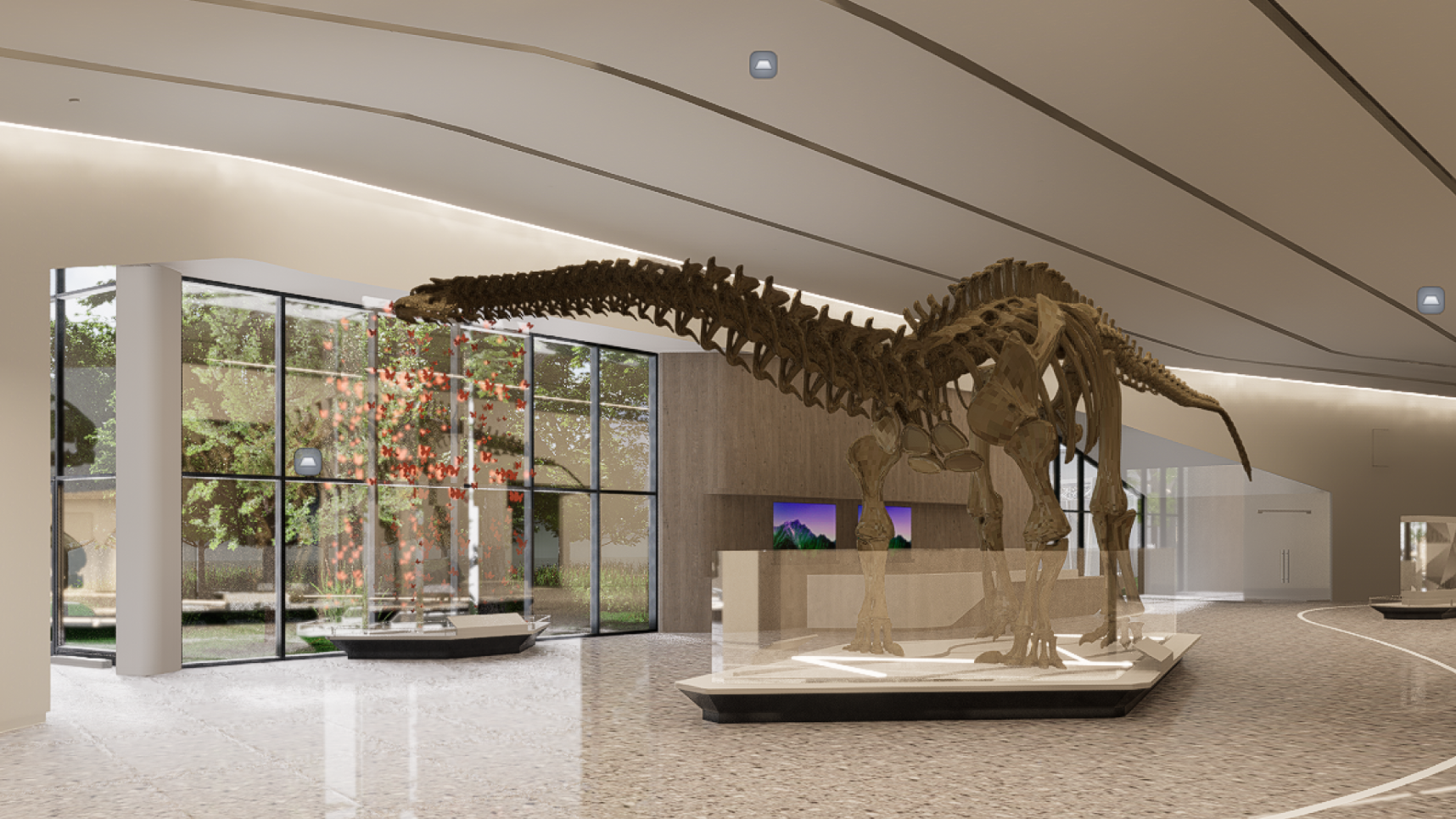
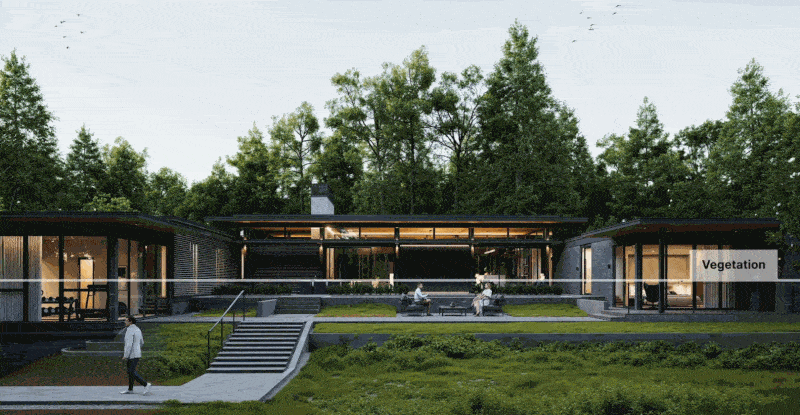
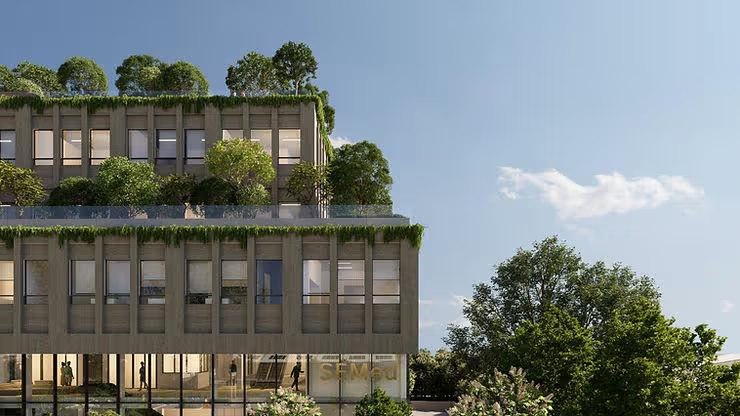
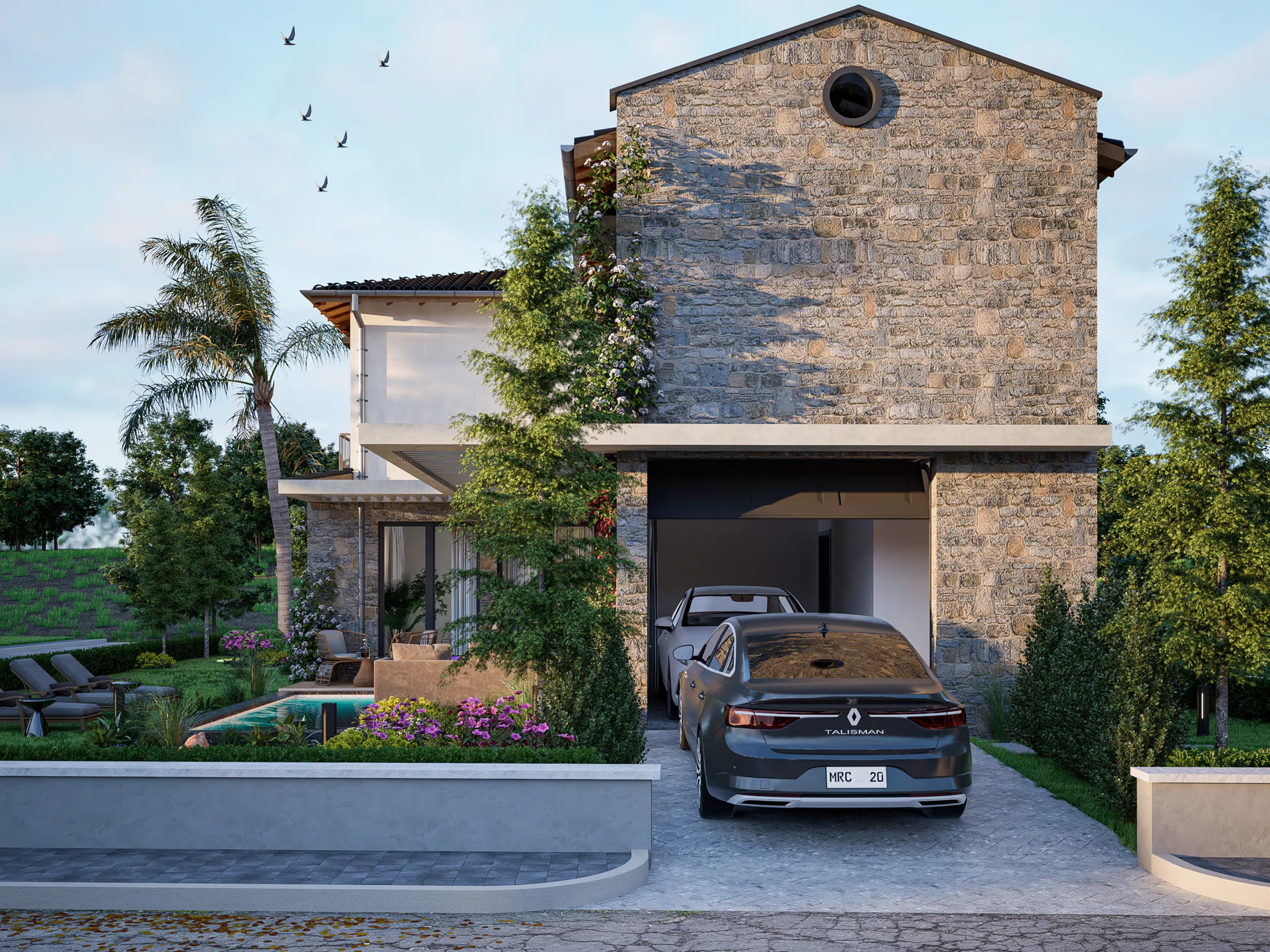
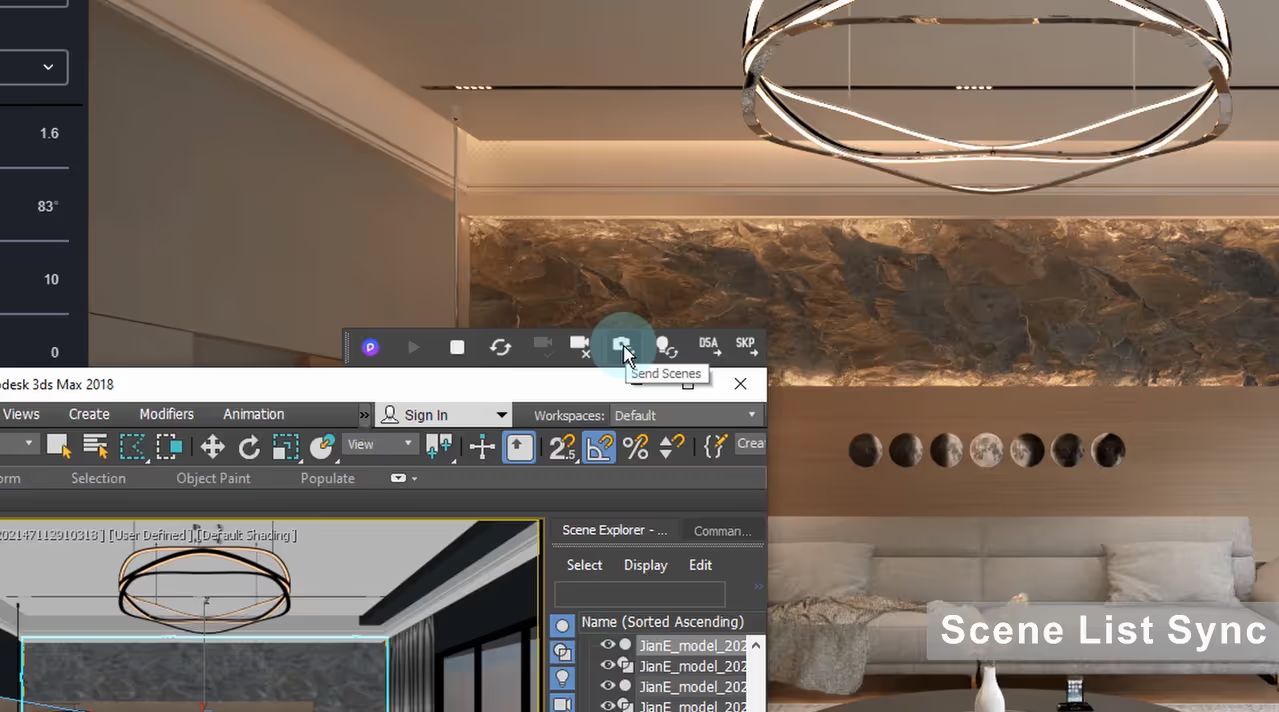
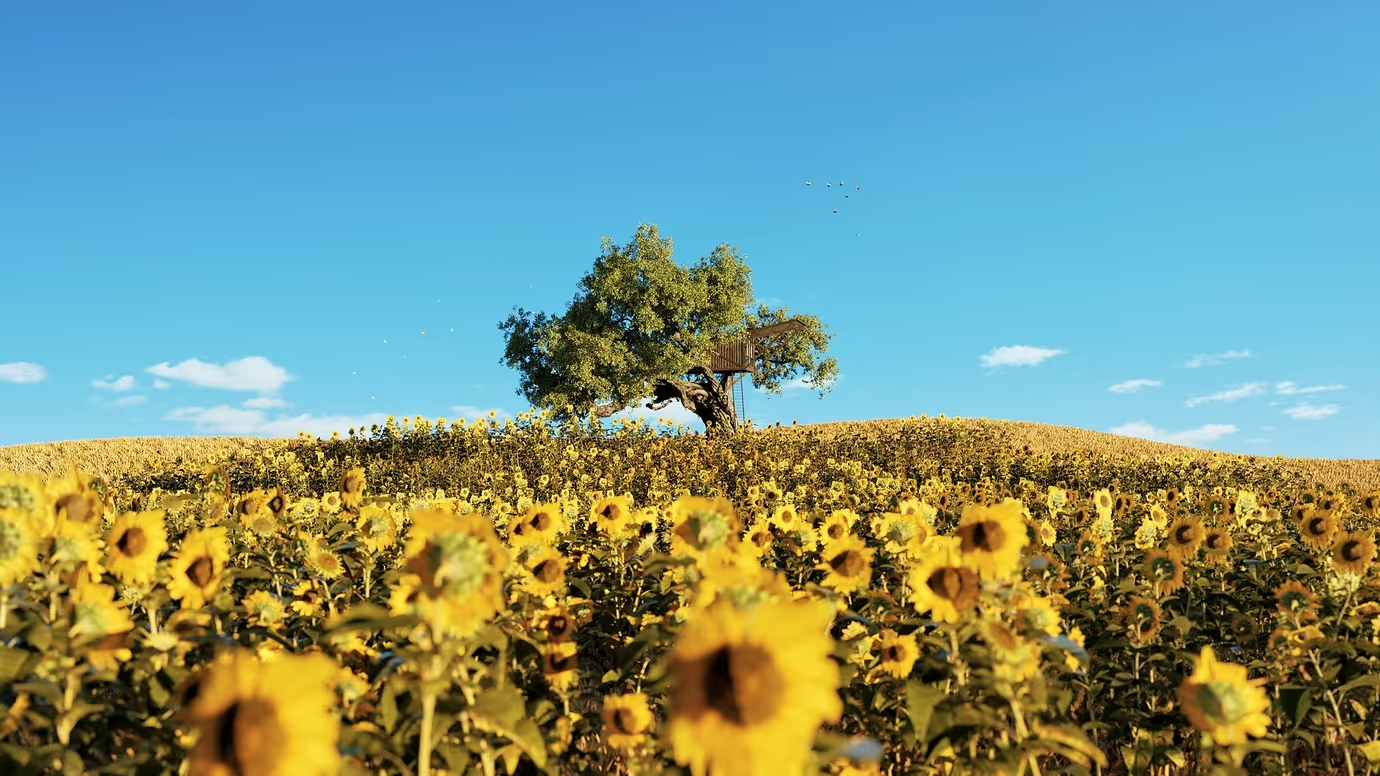

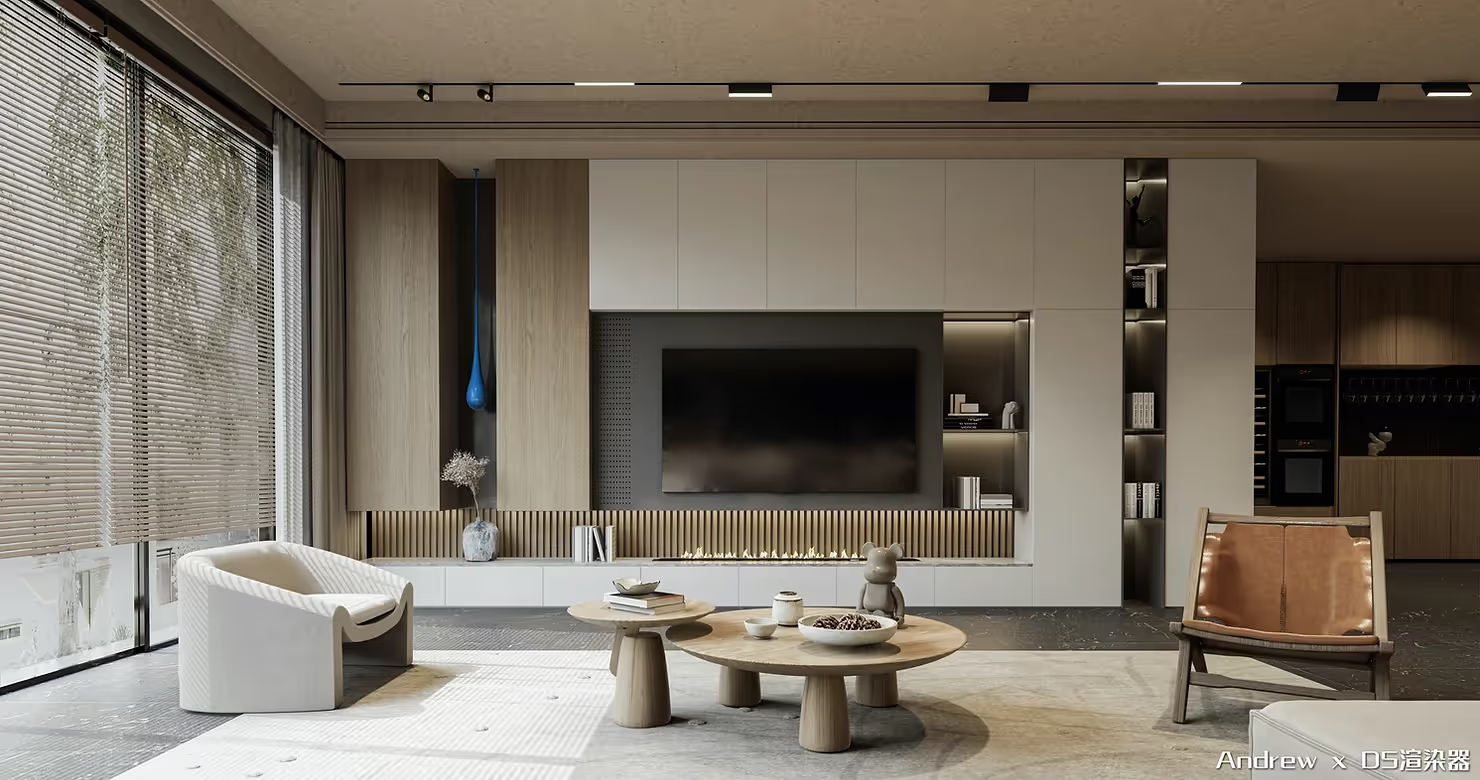
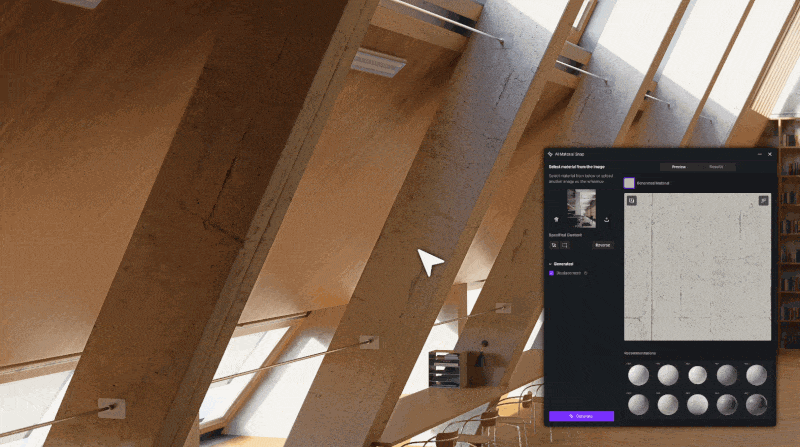
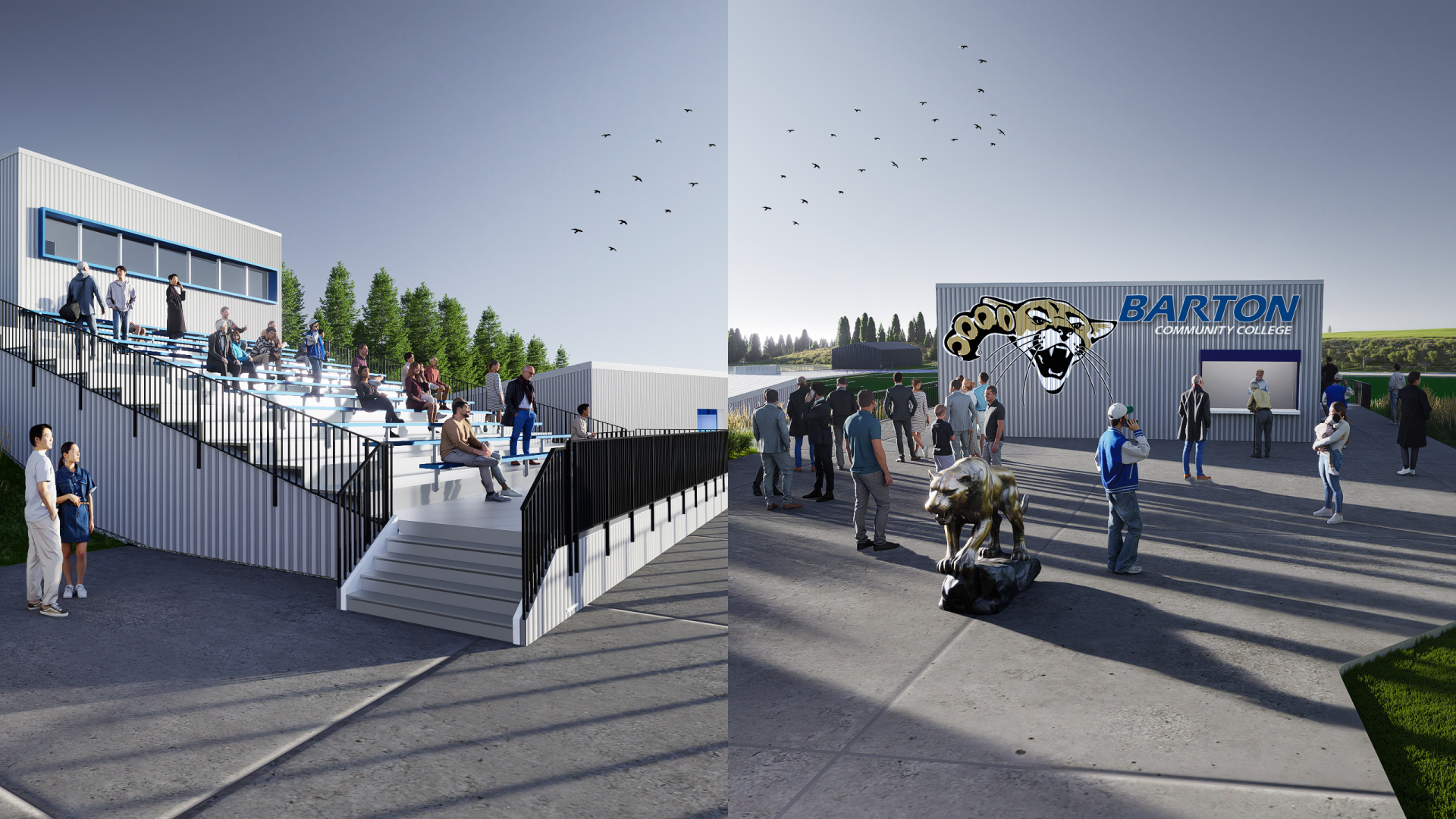
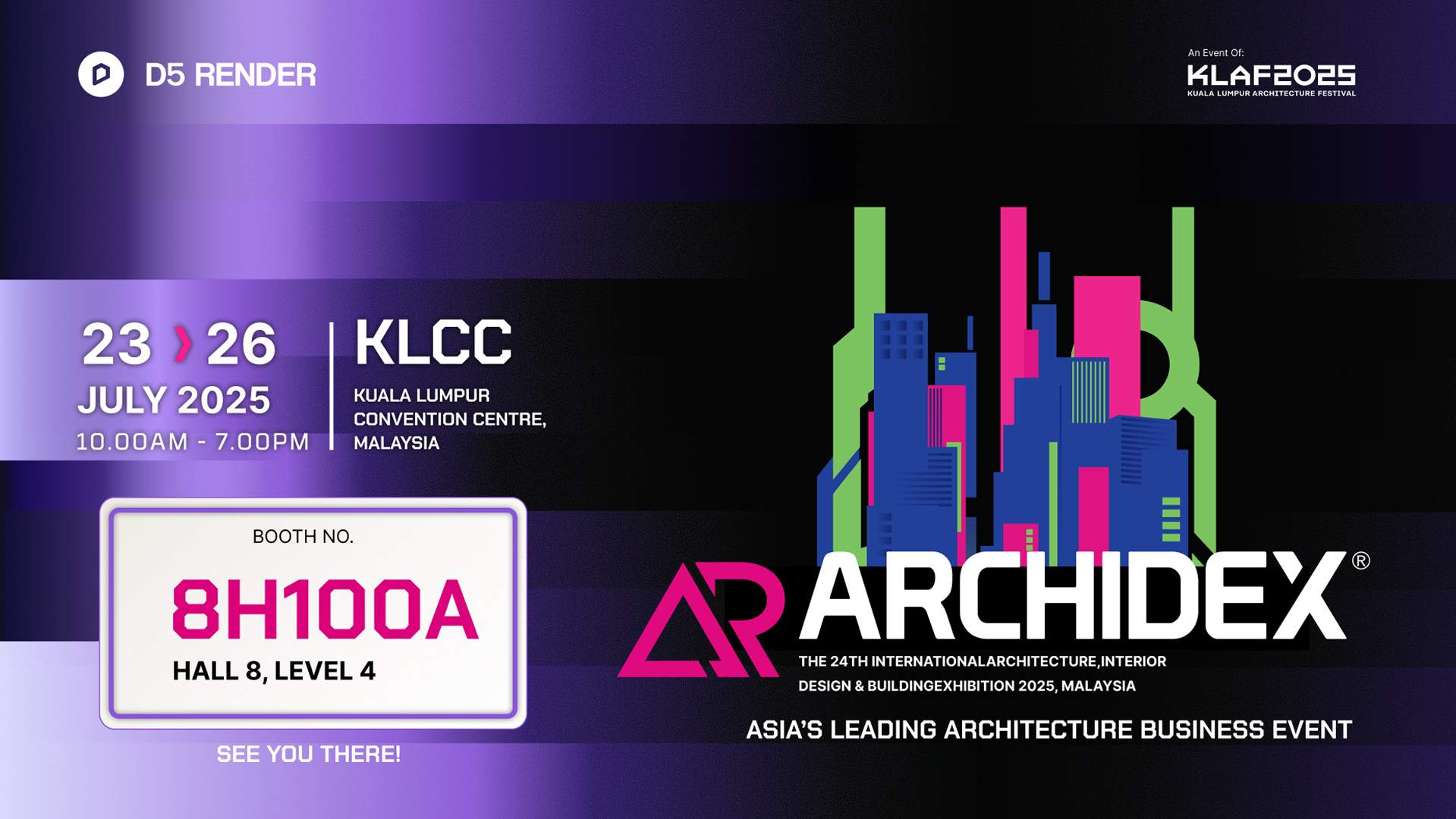
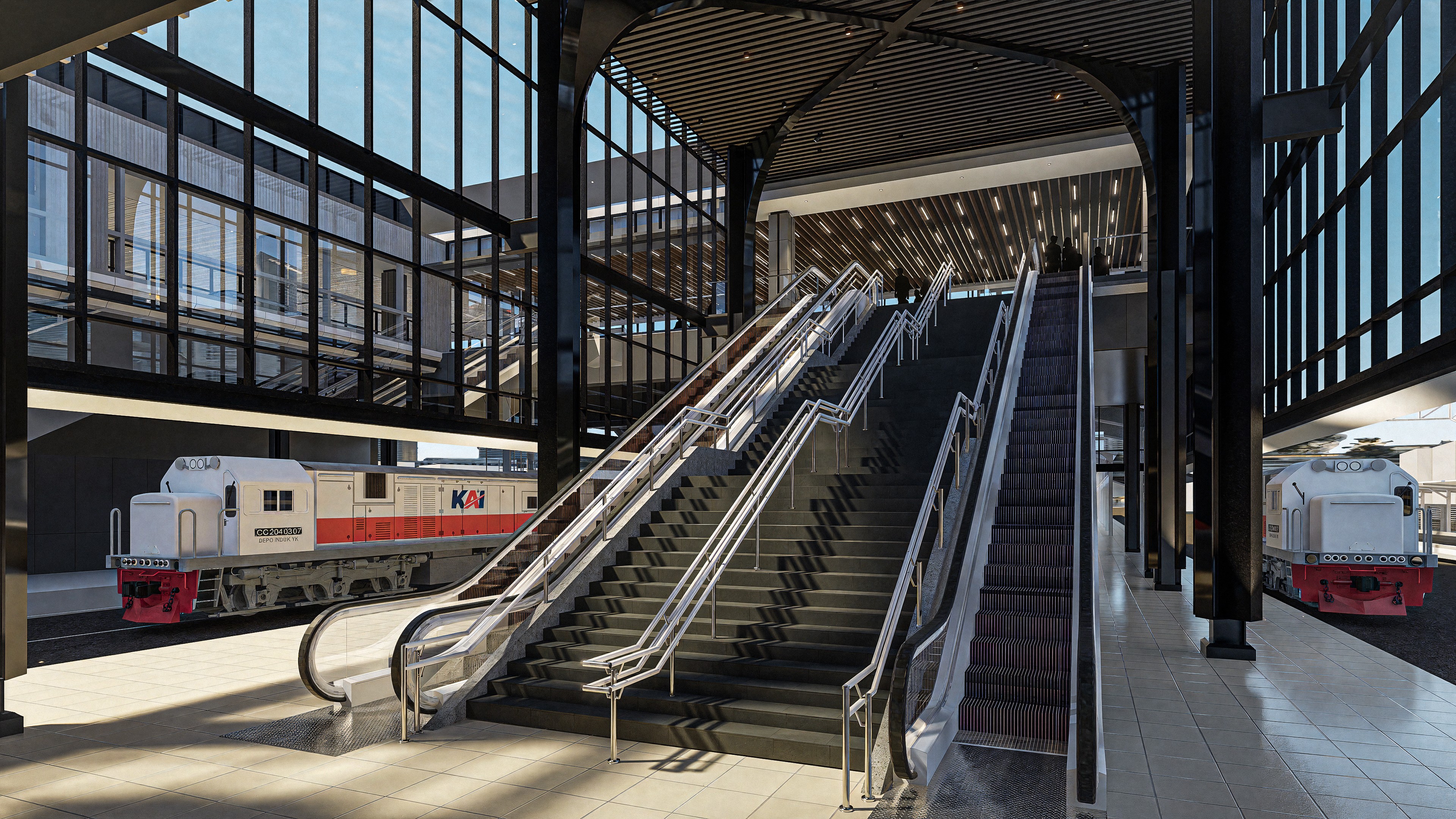
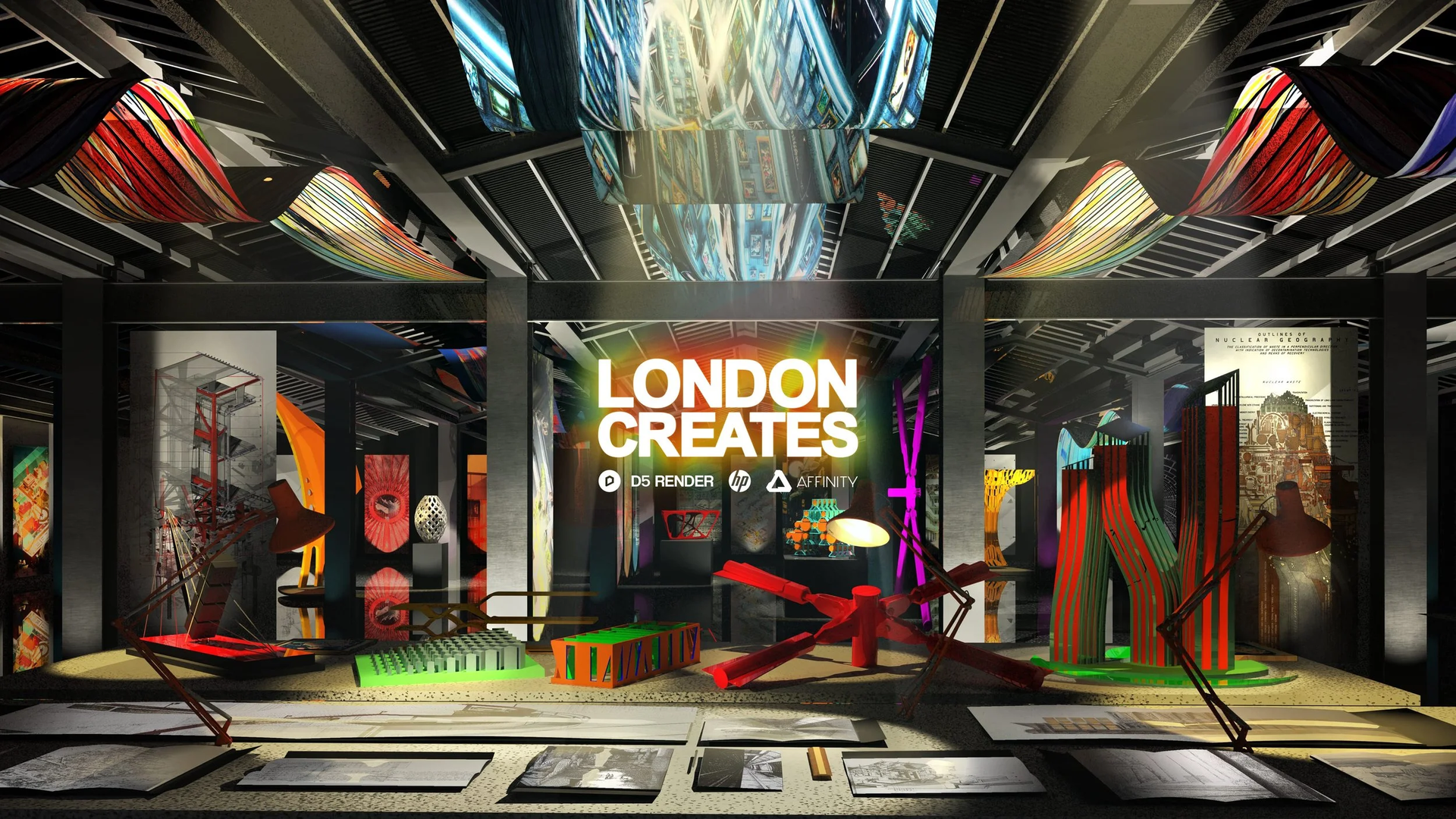
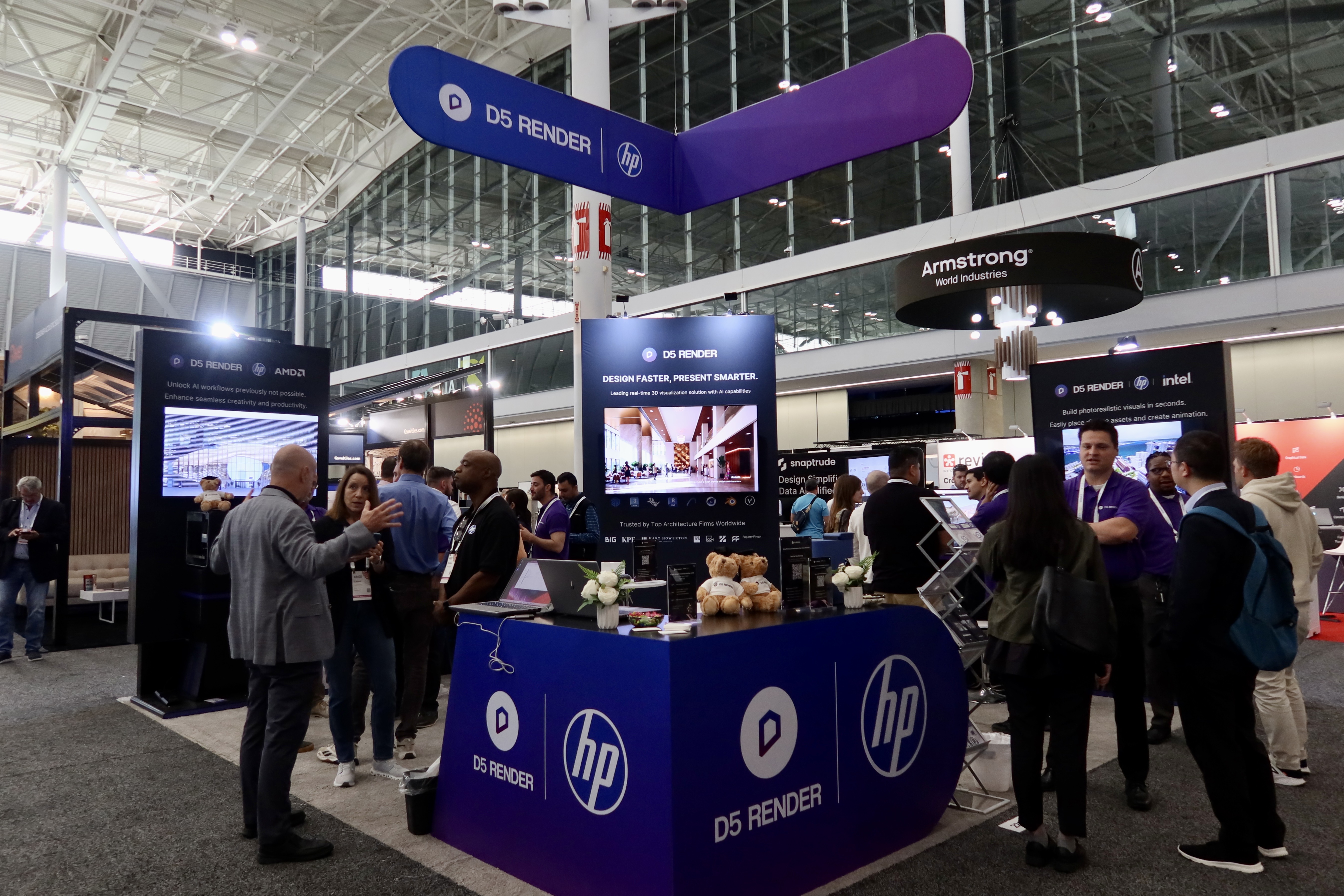
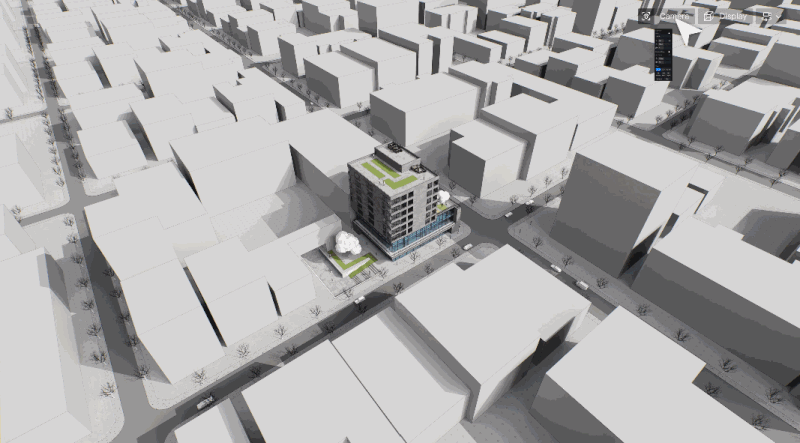

.png)
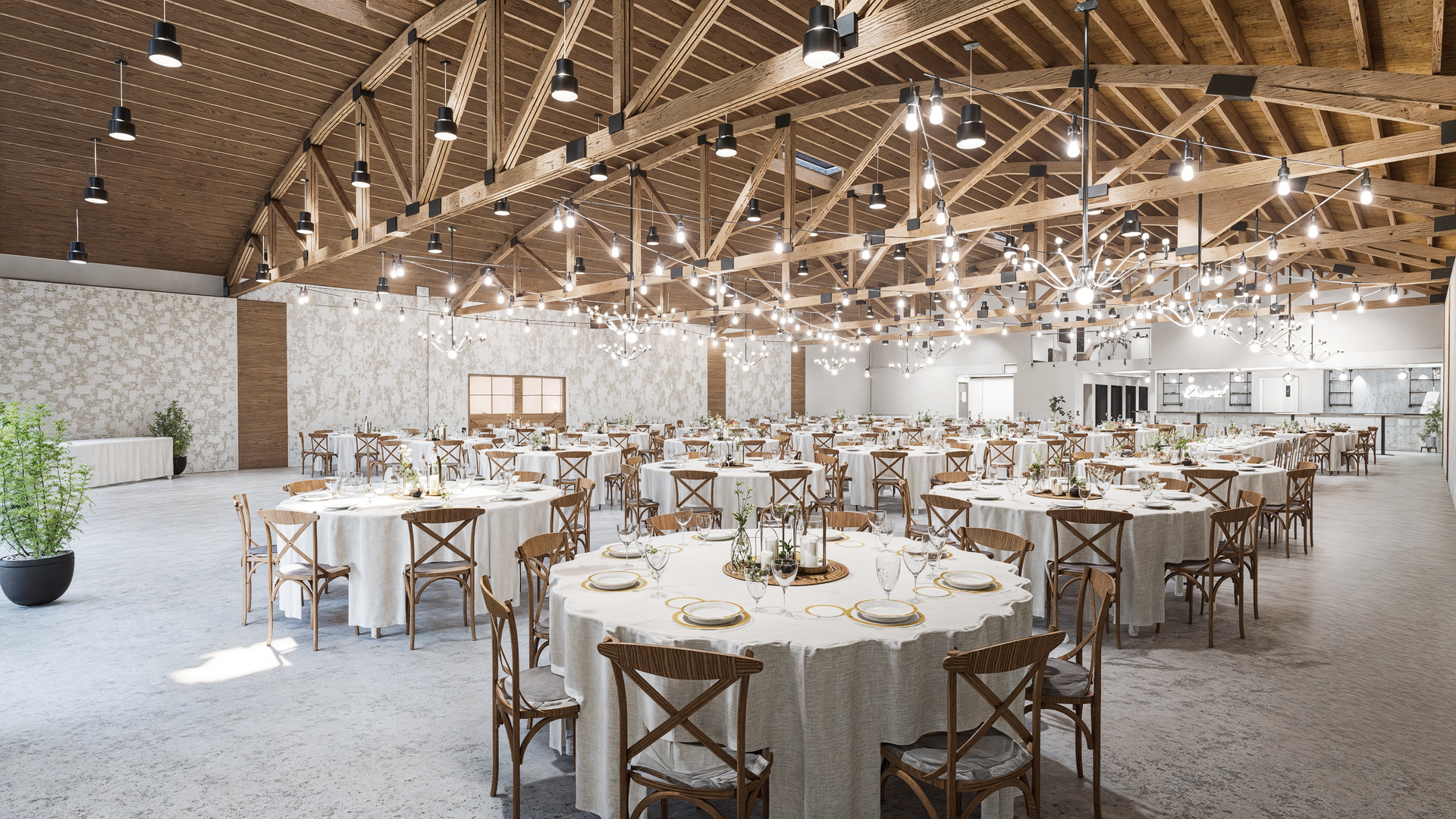
.png)
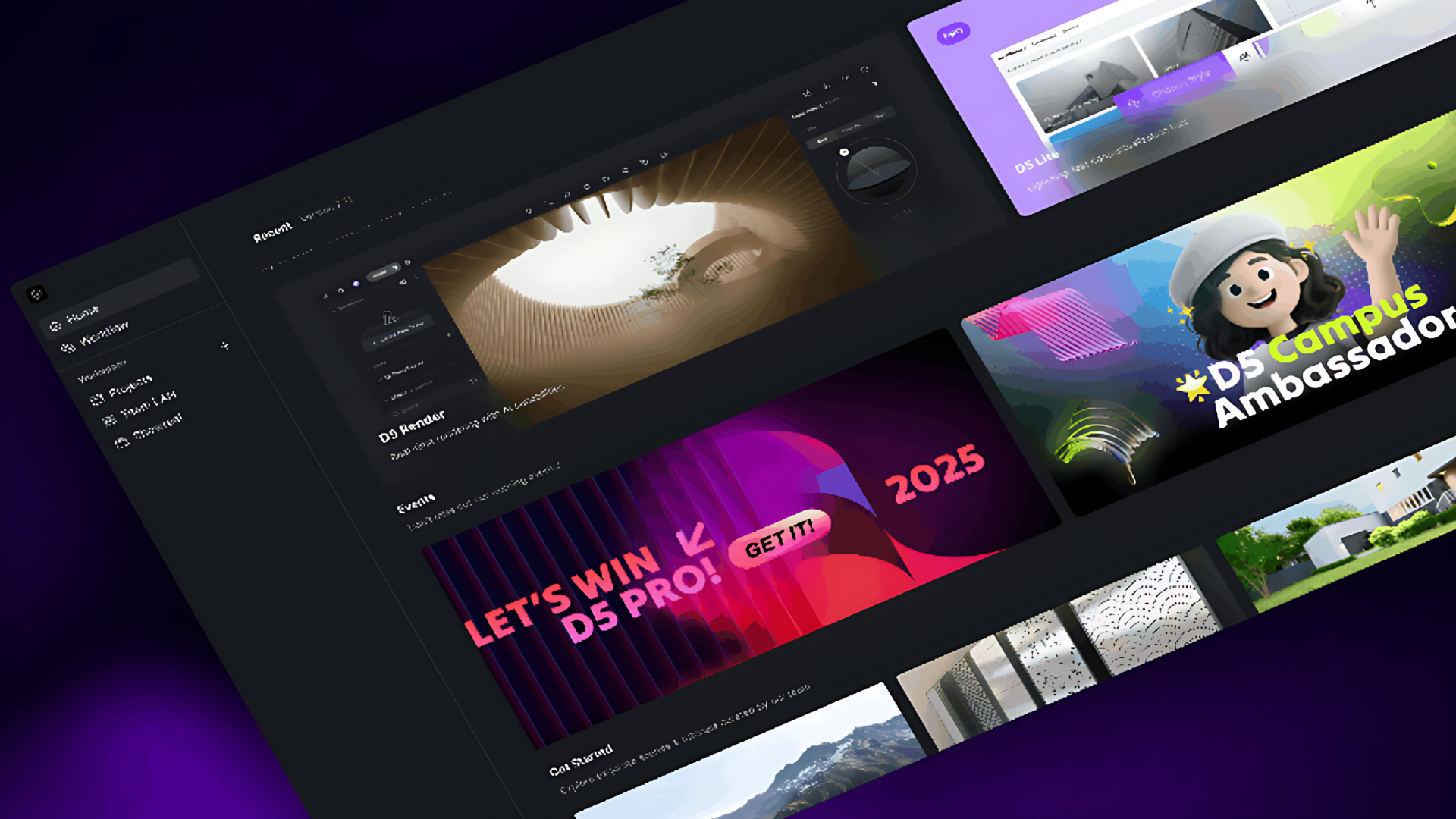
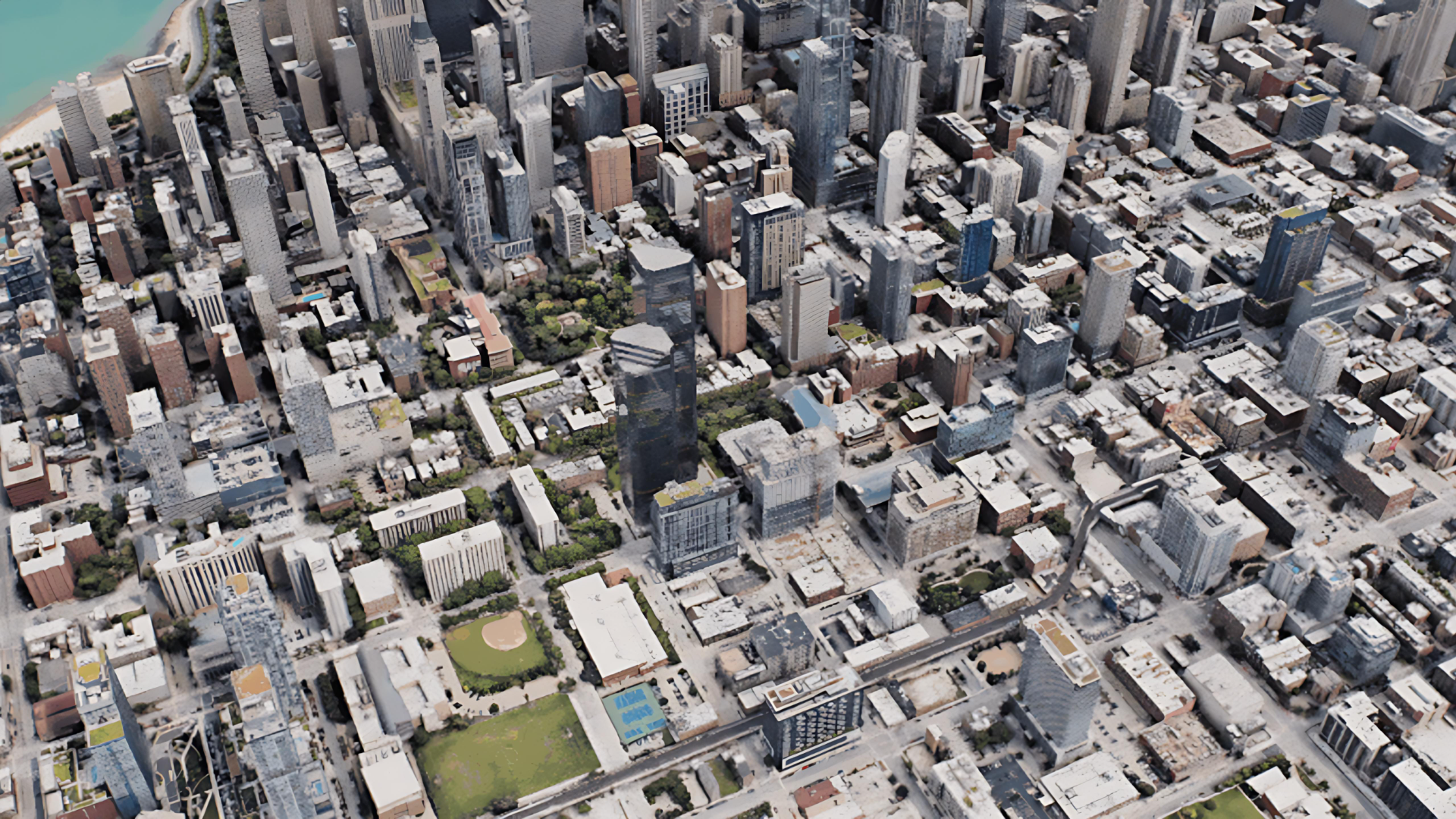
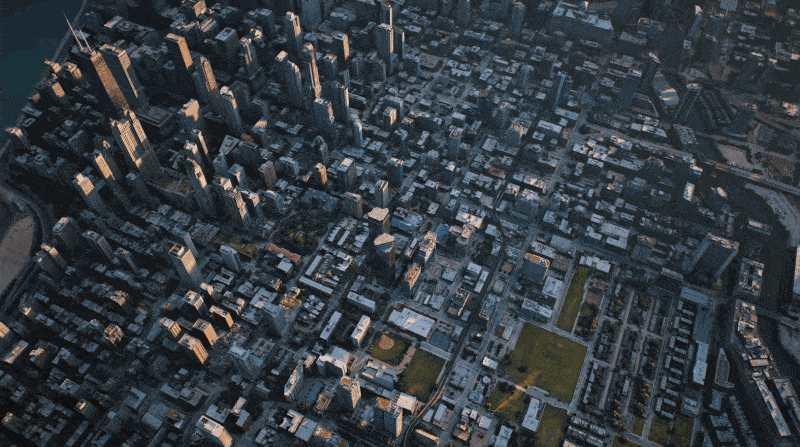
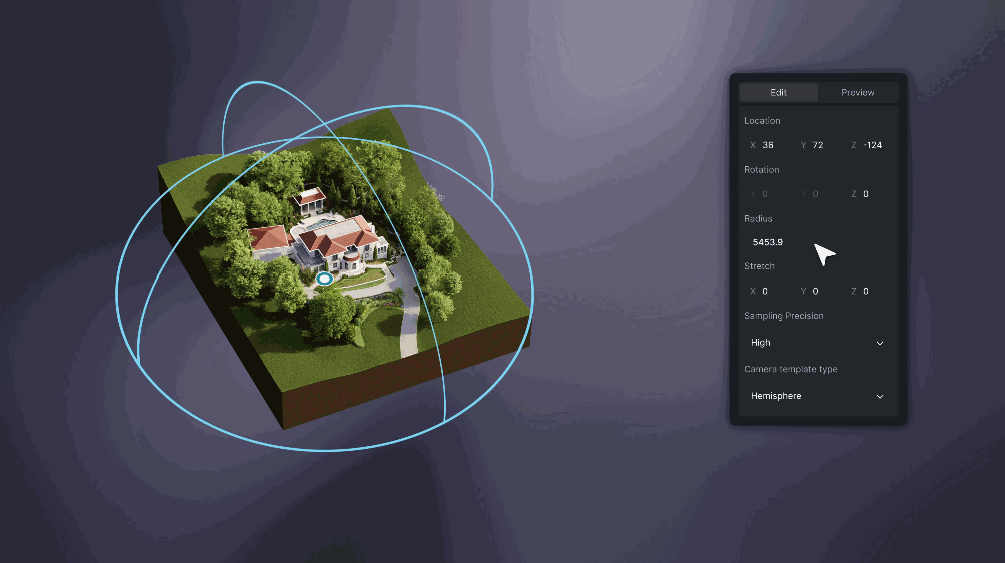
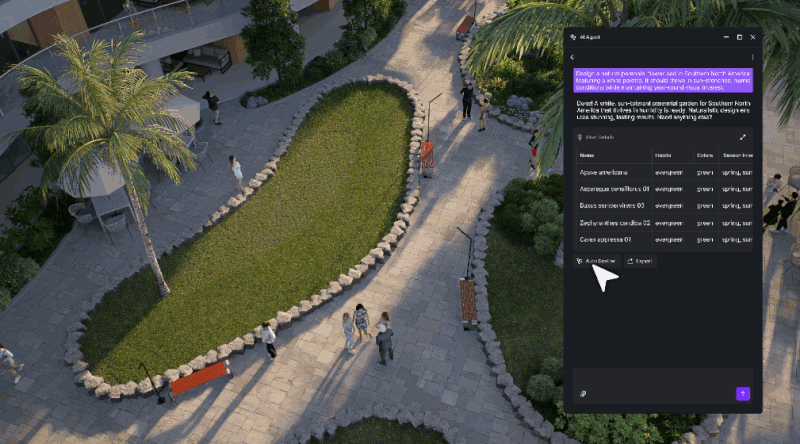
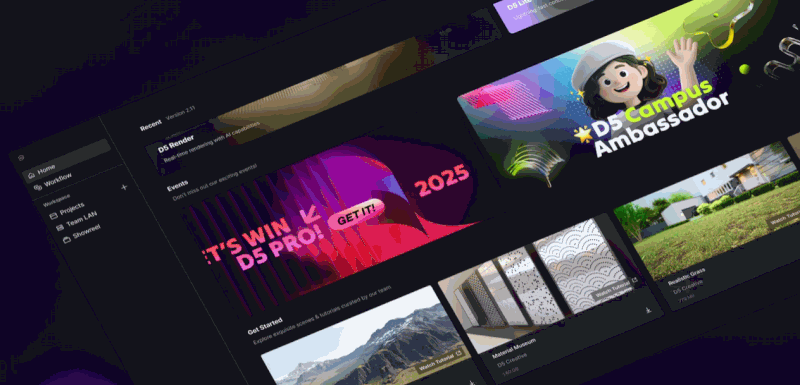
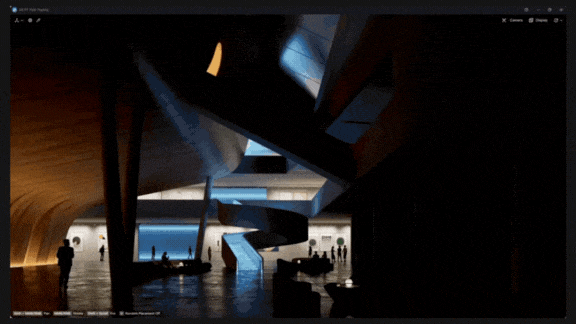
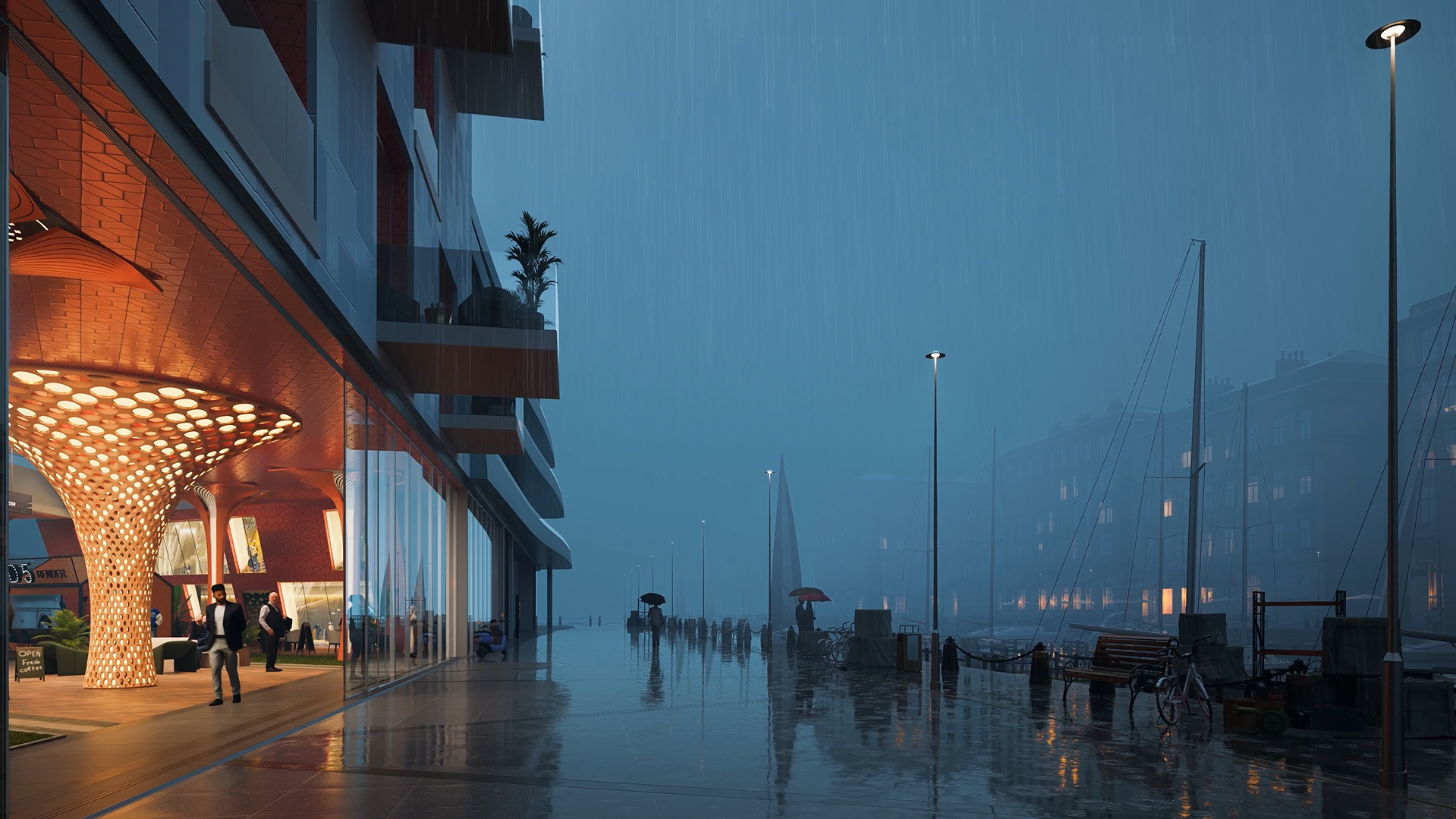
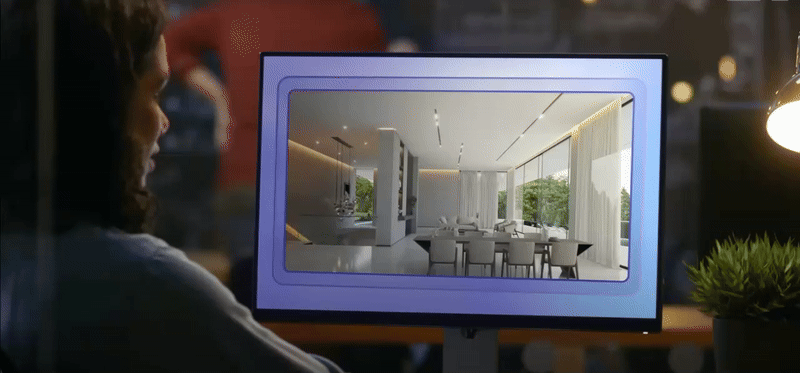






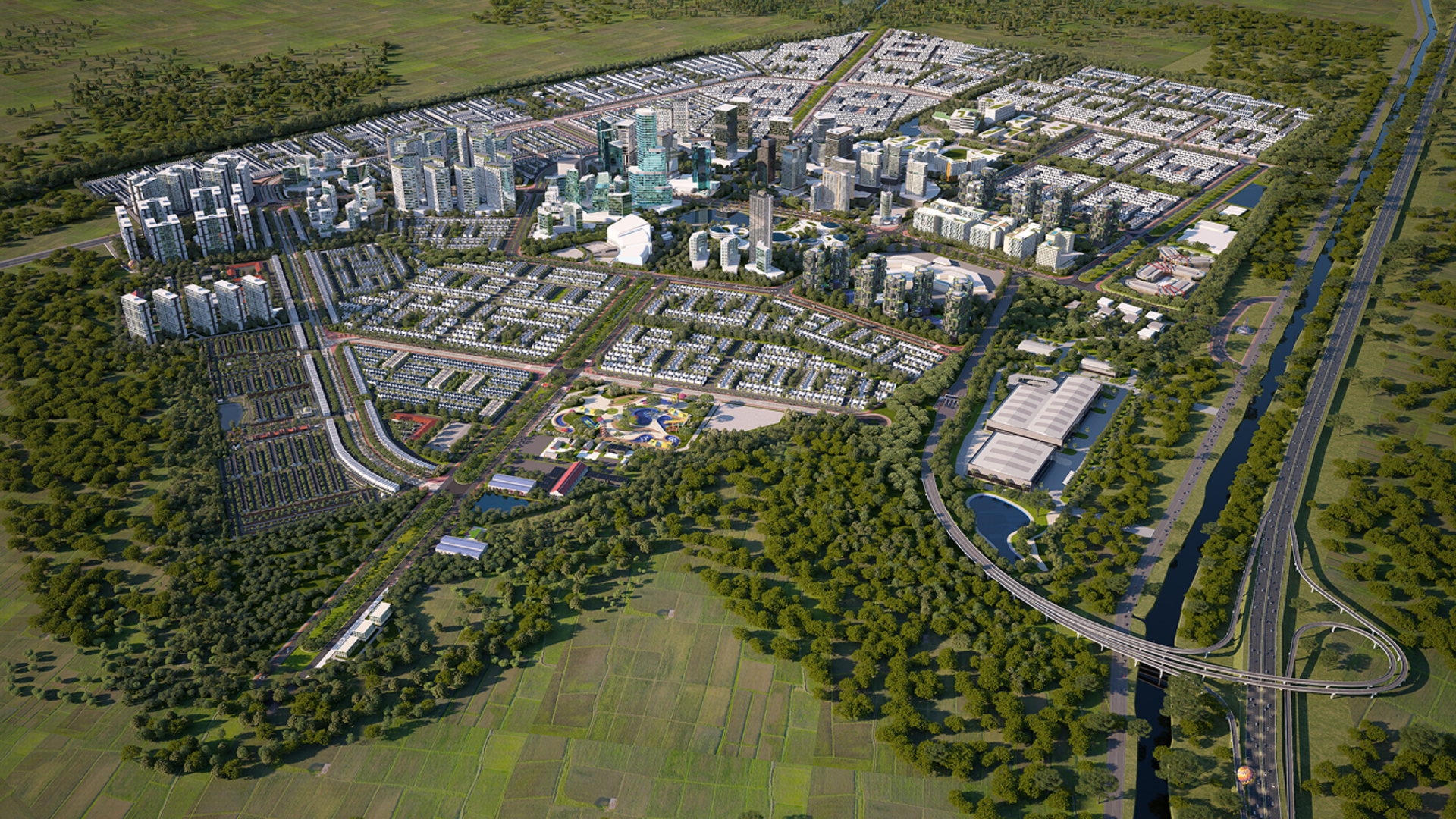

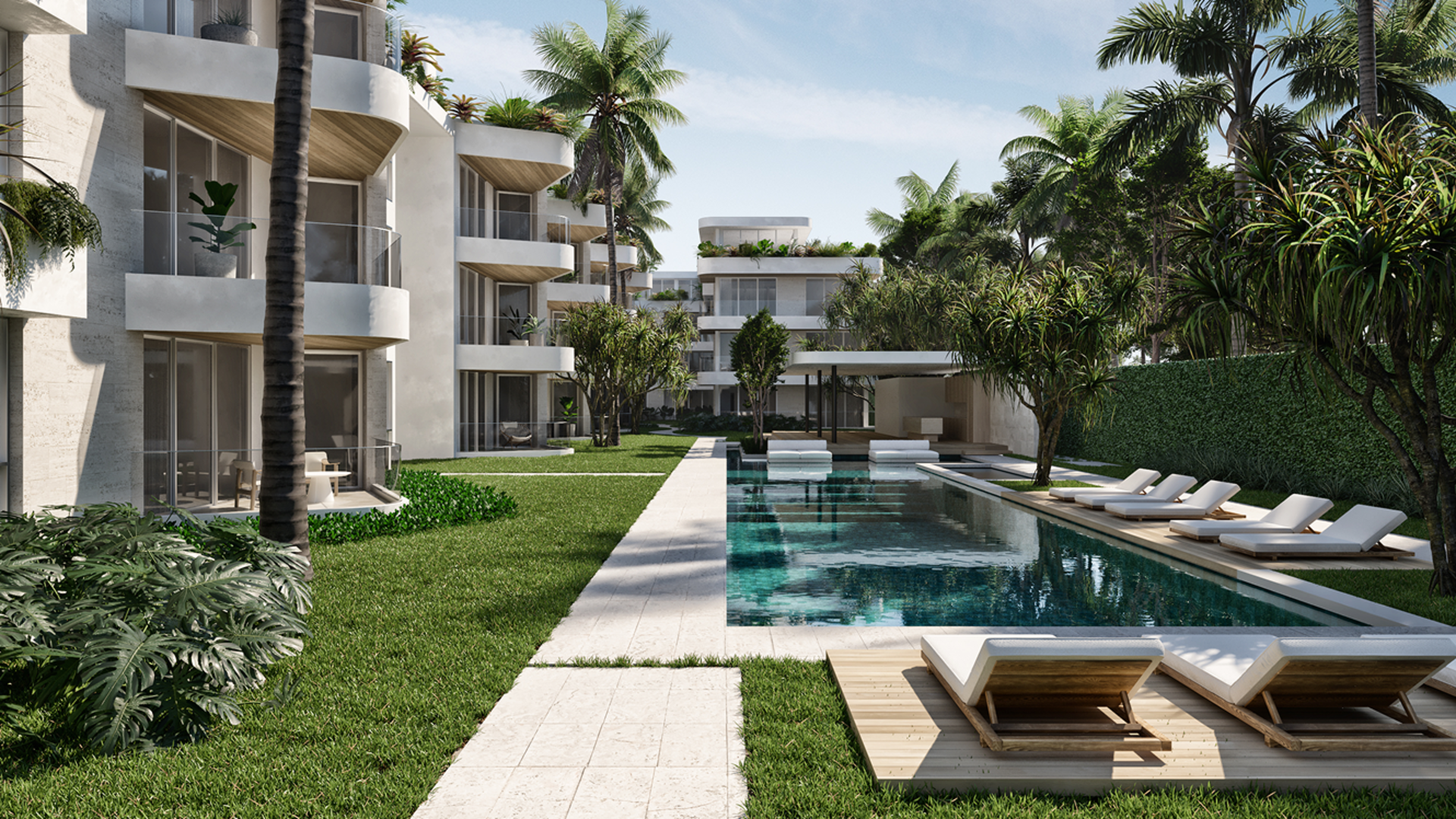






.png)






